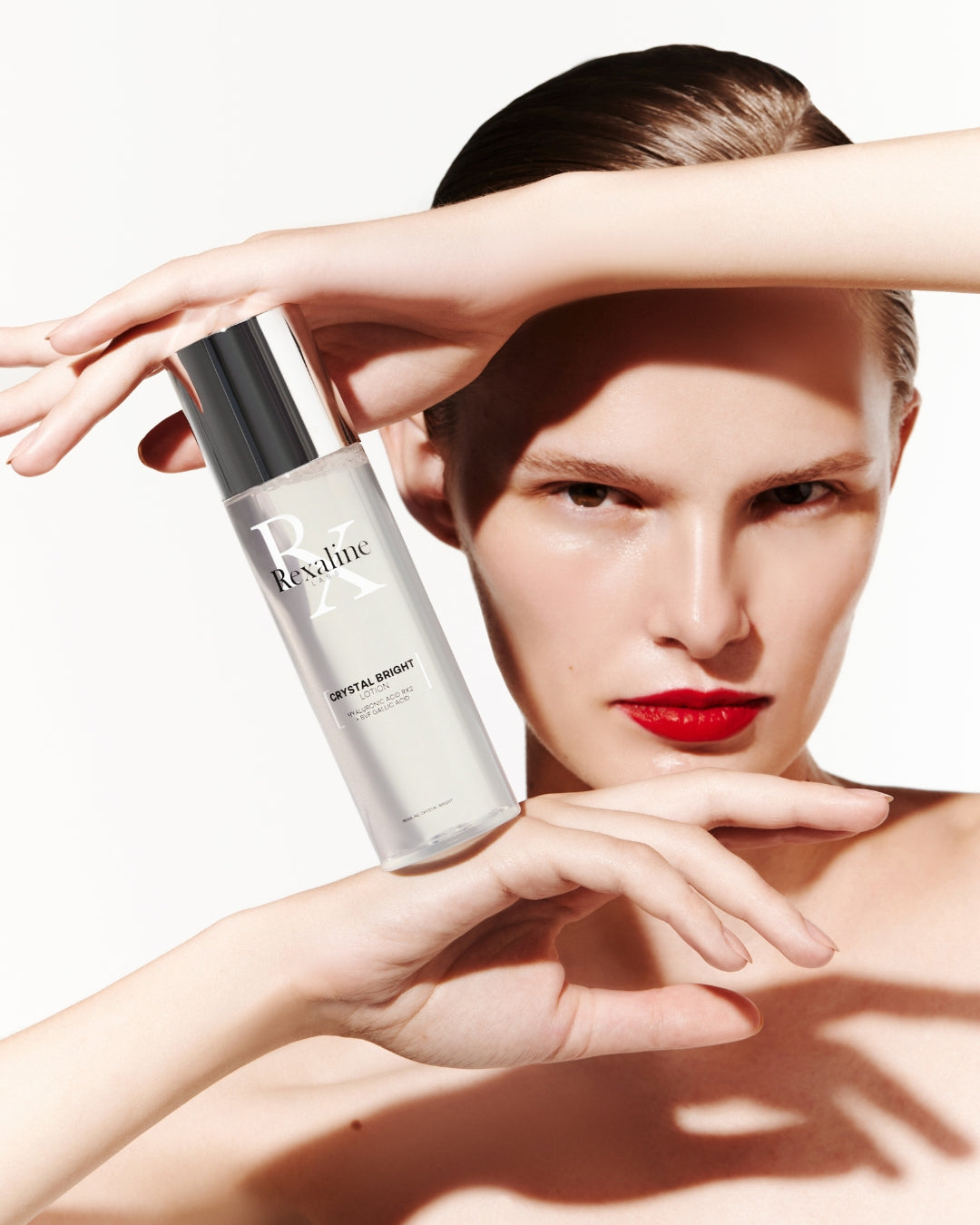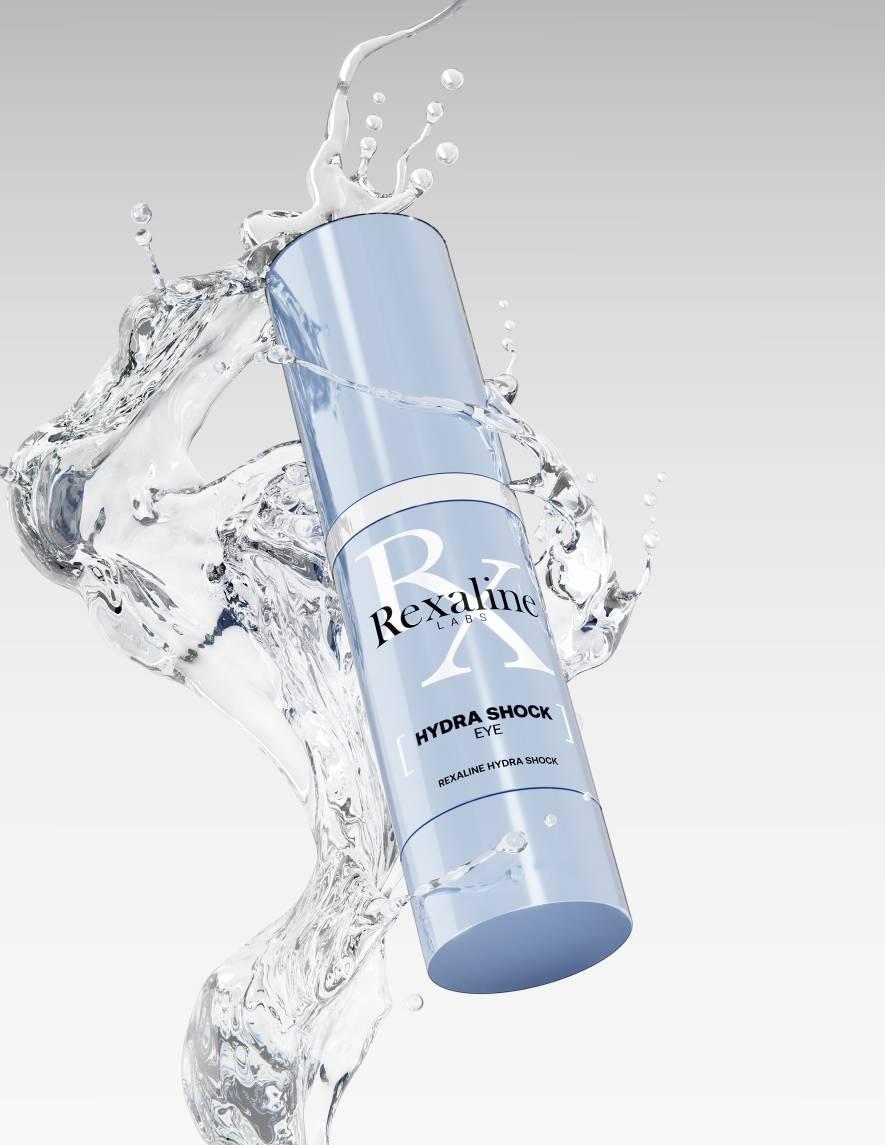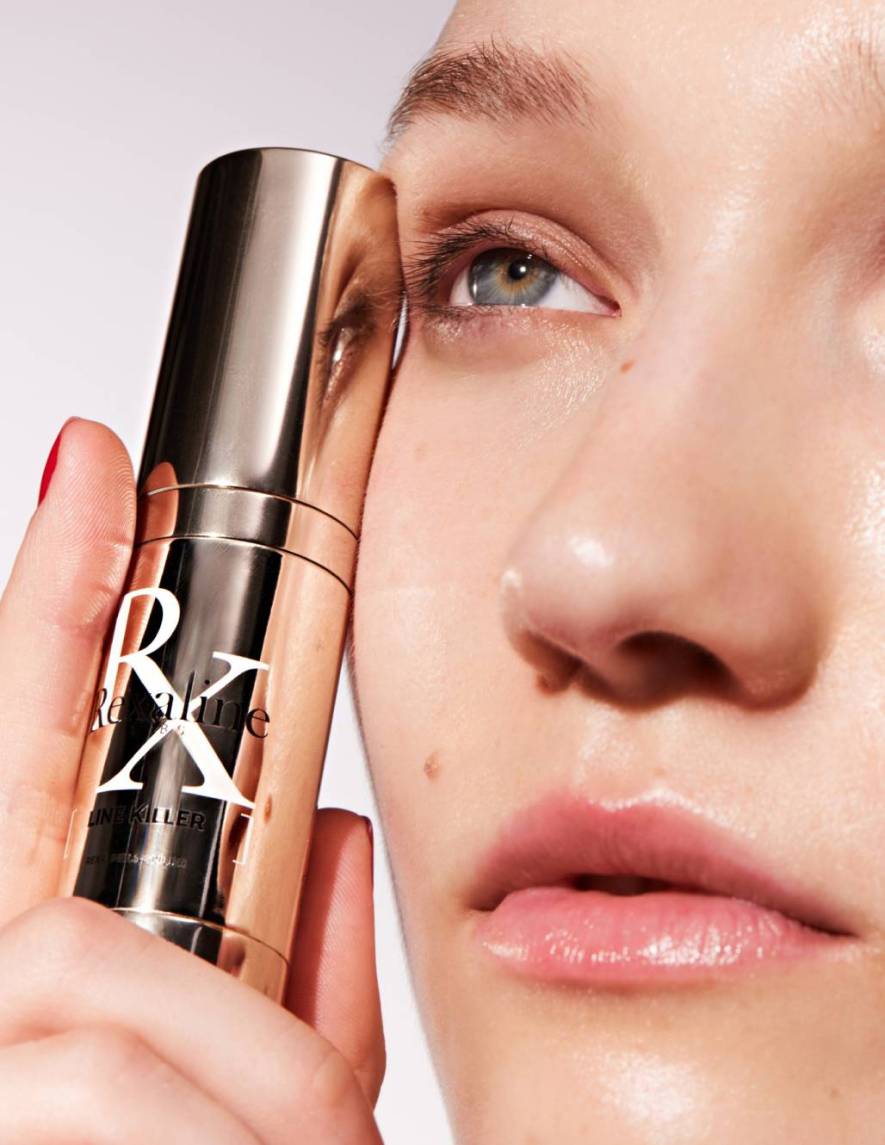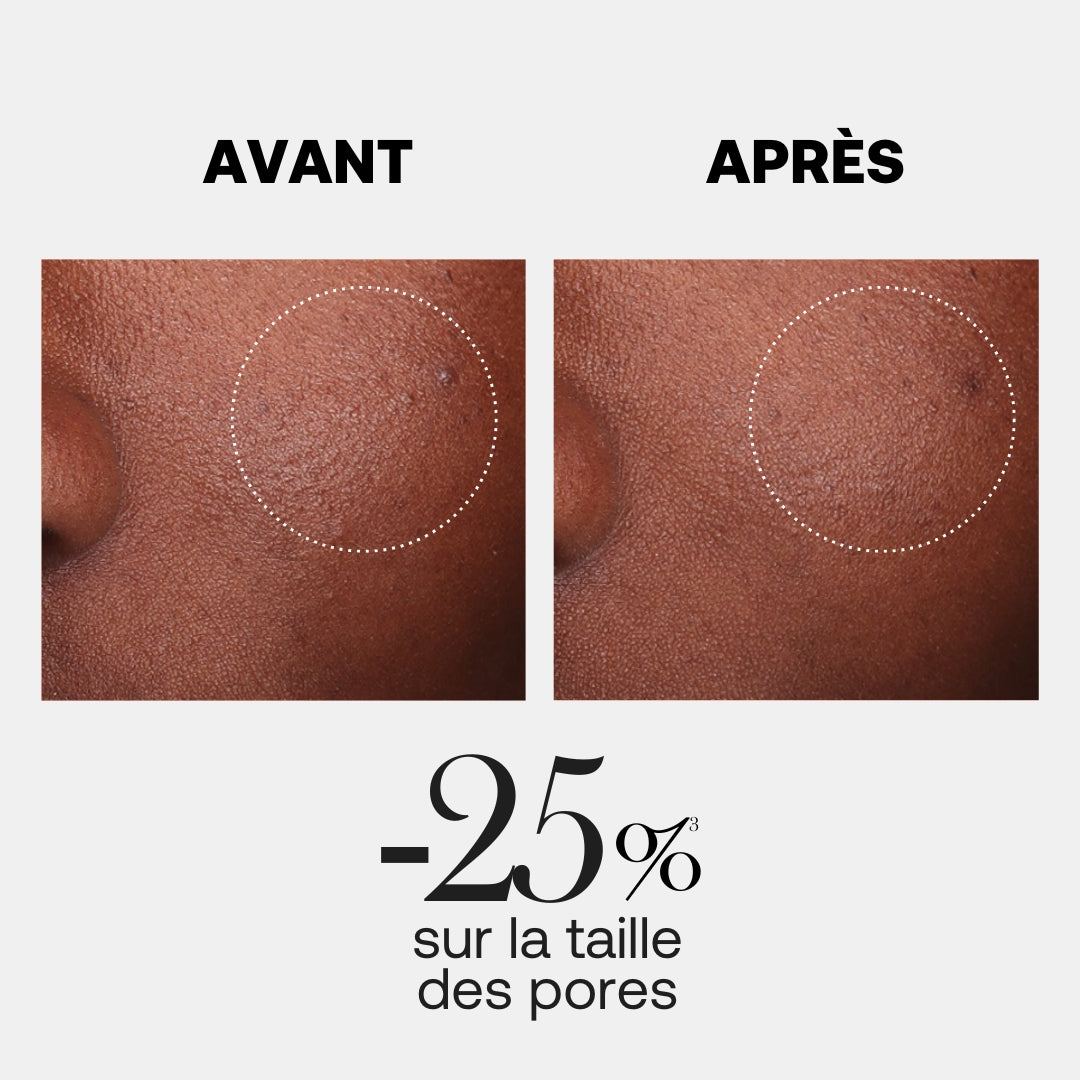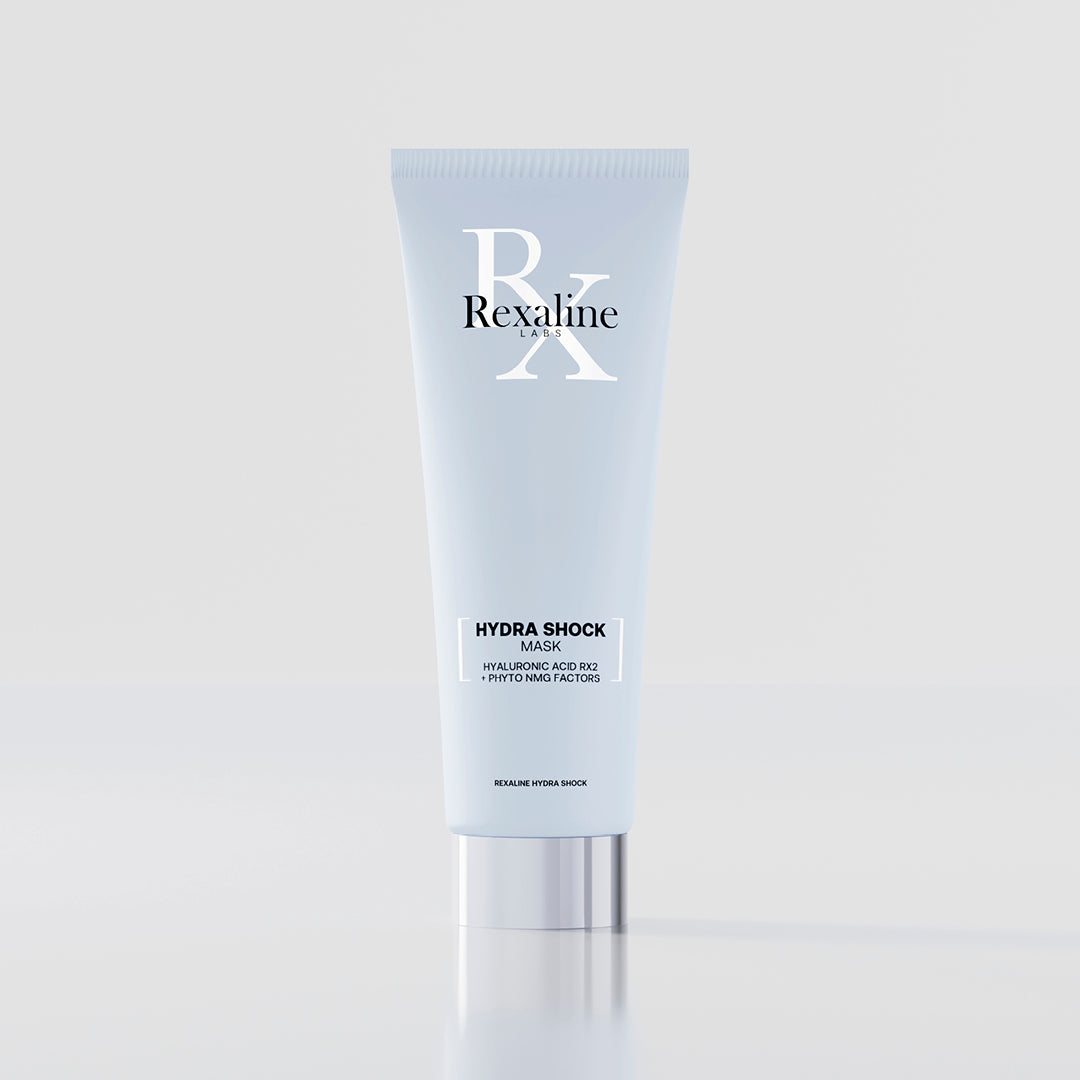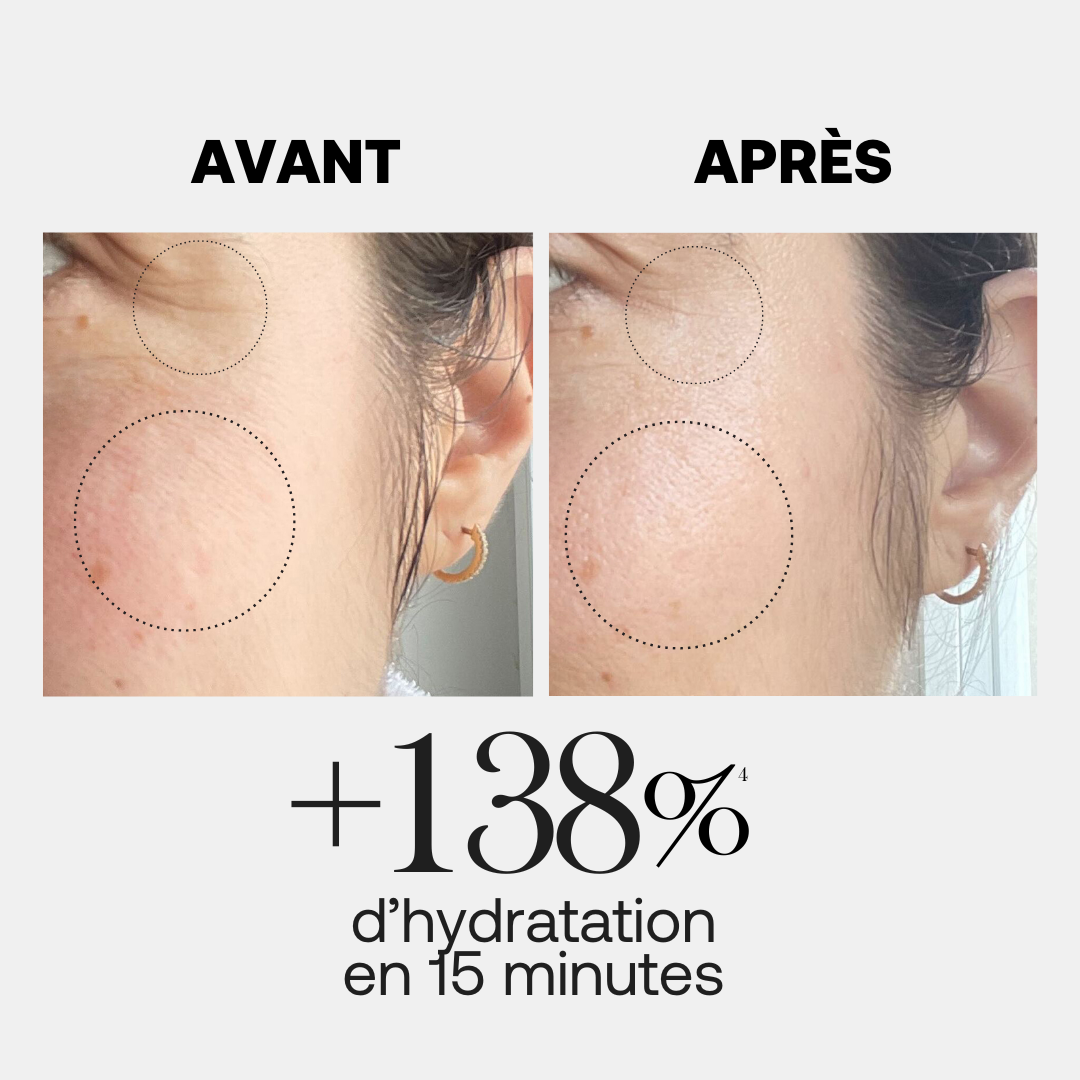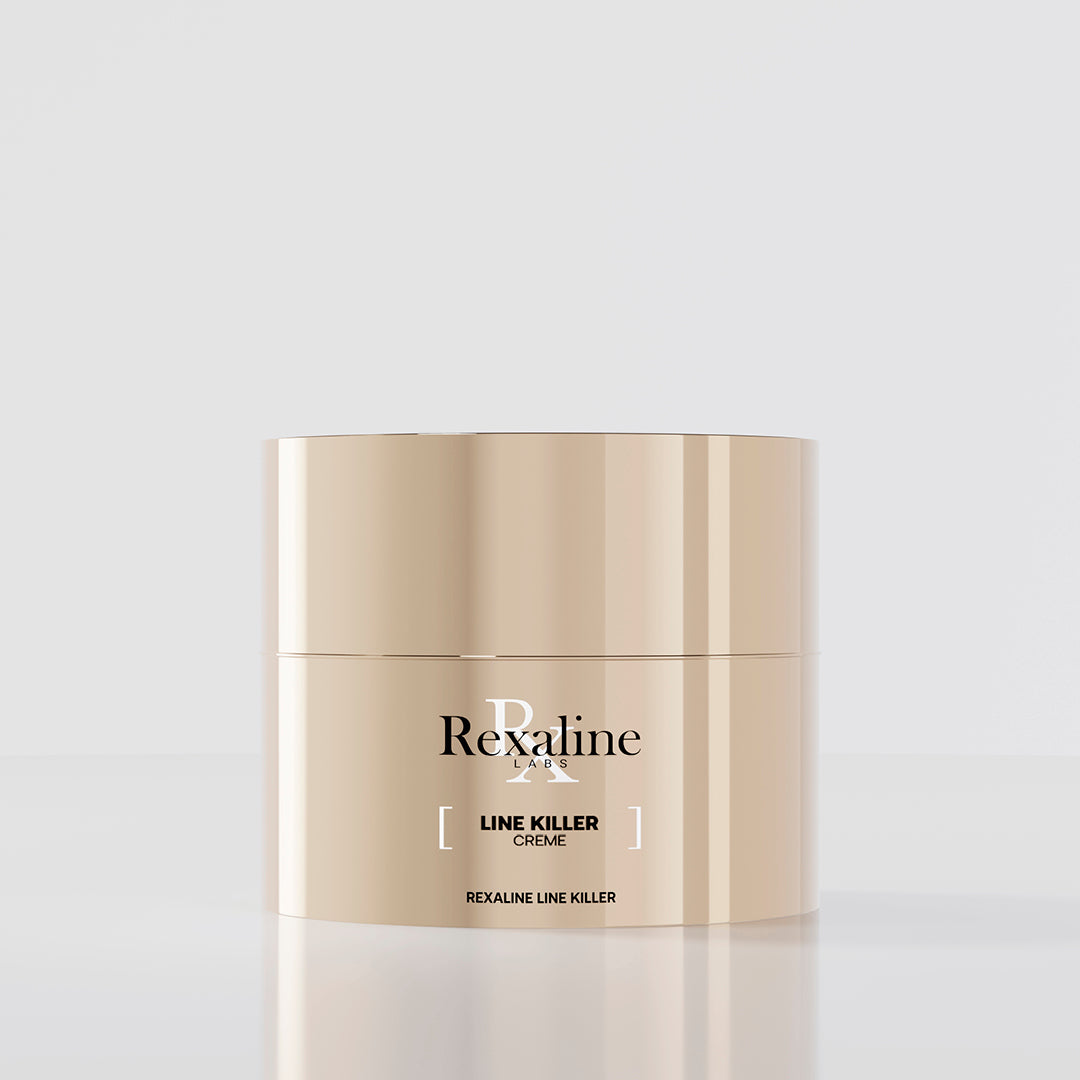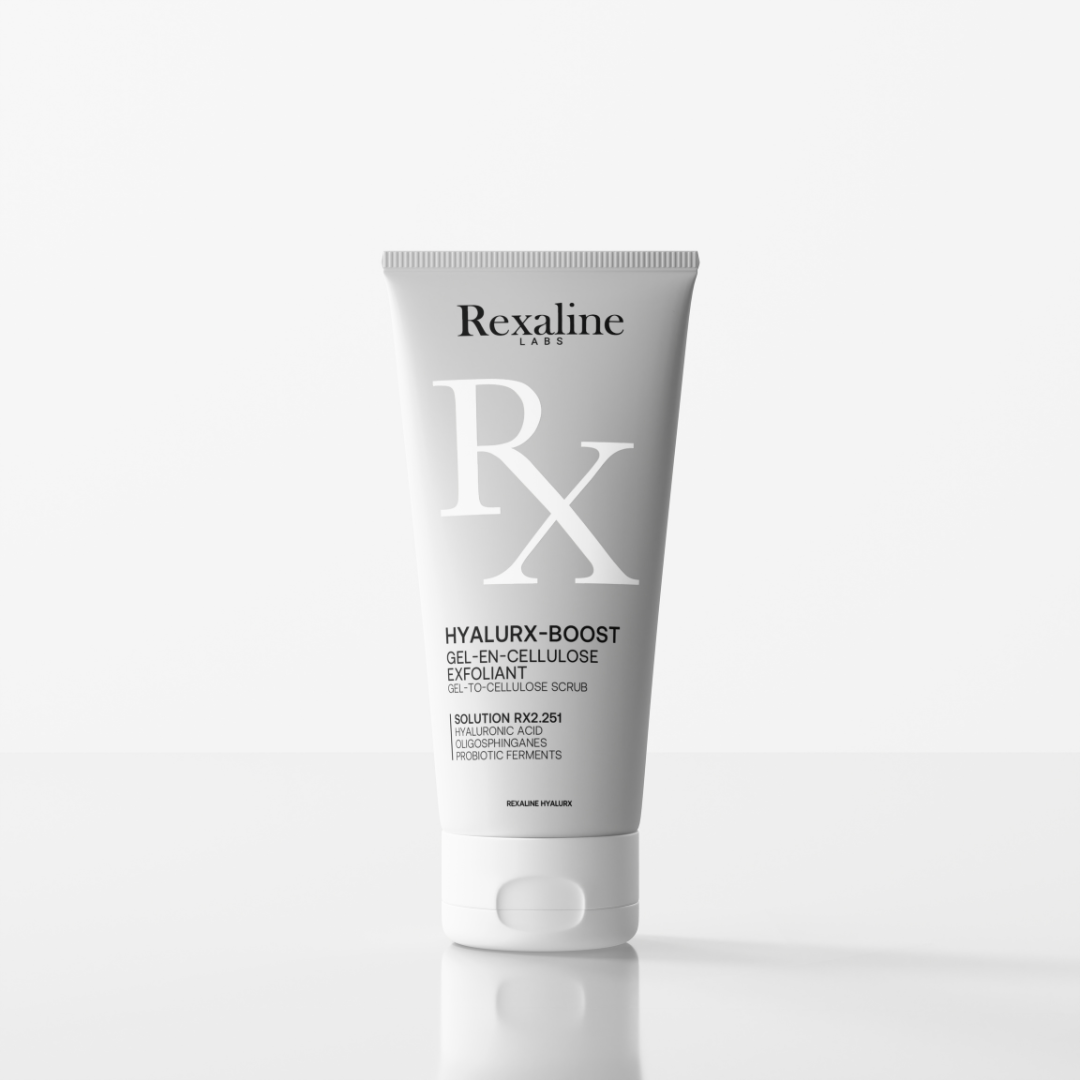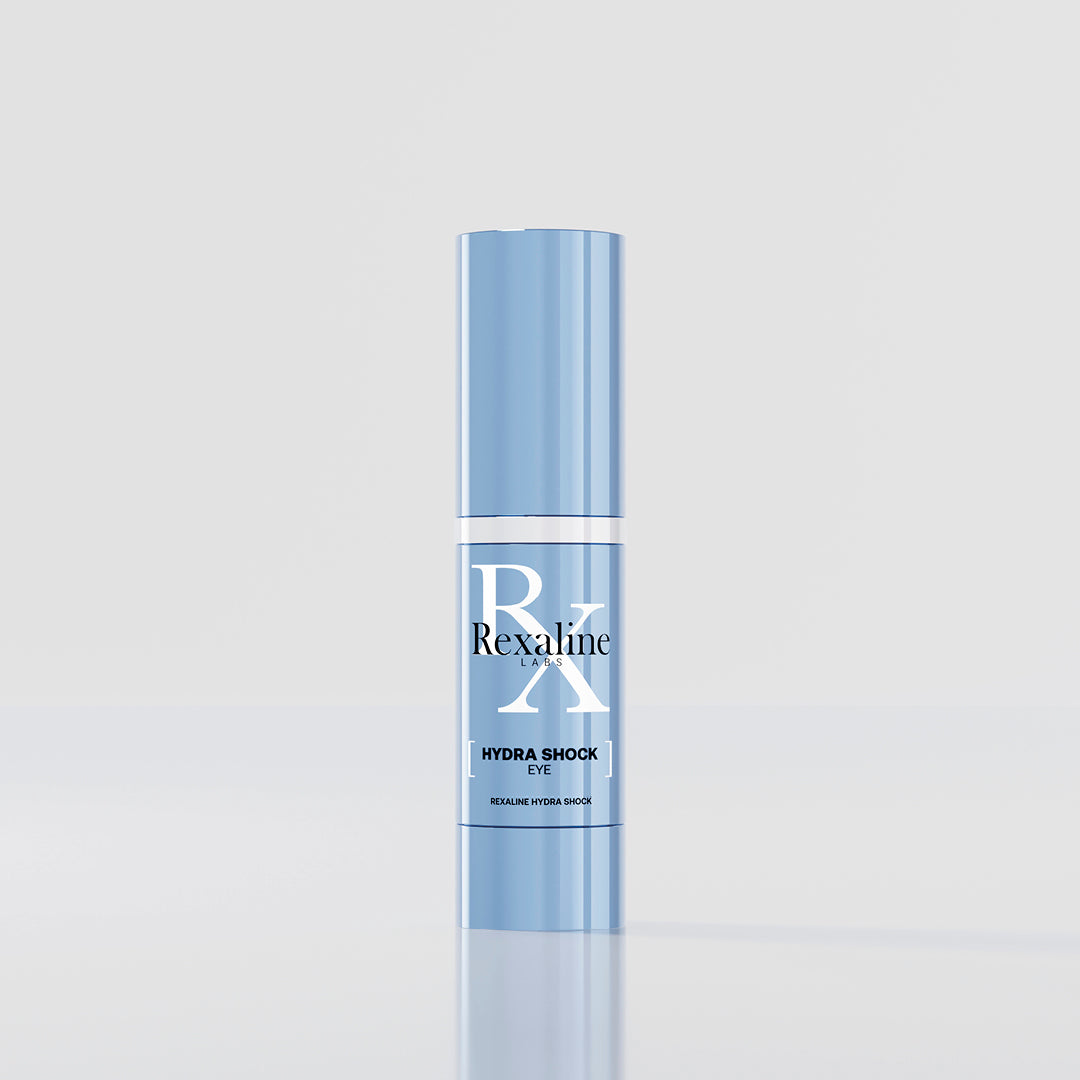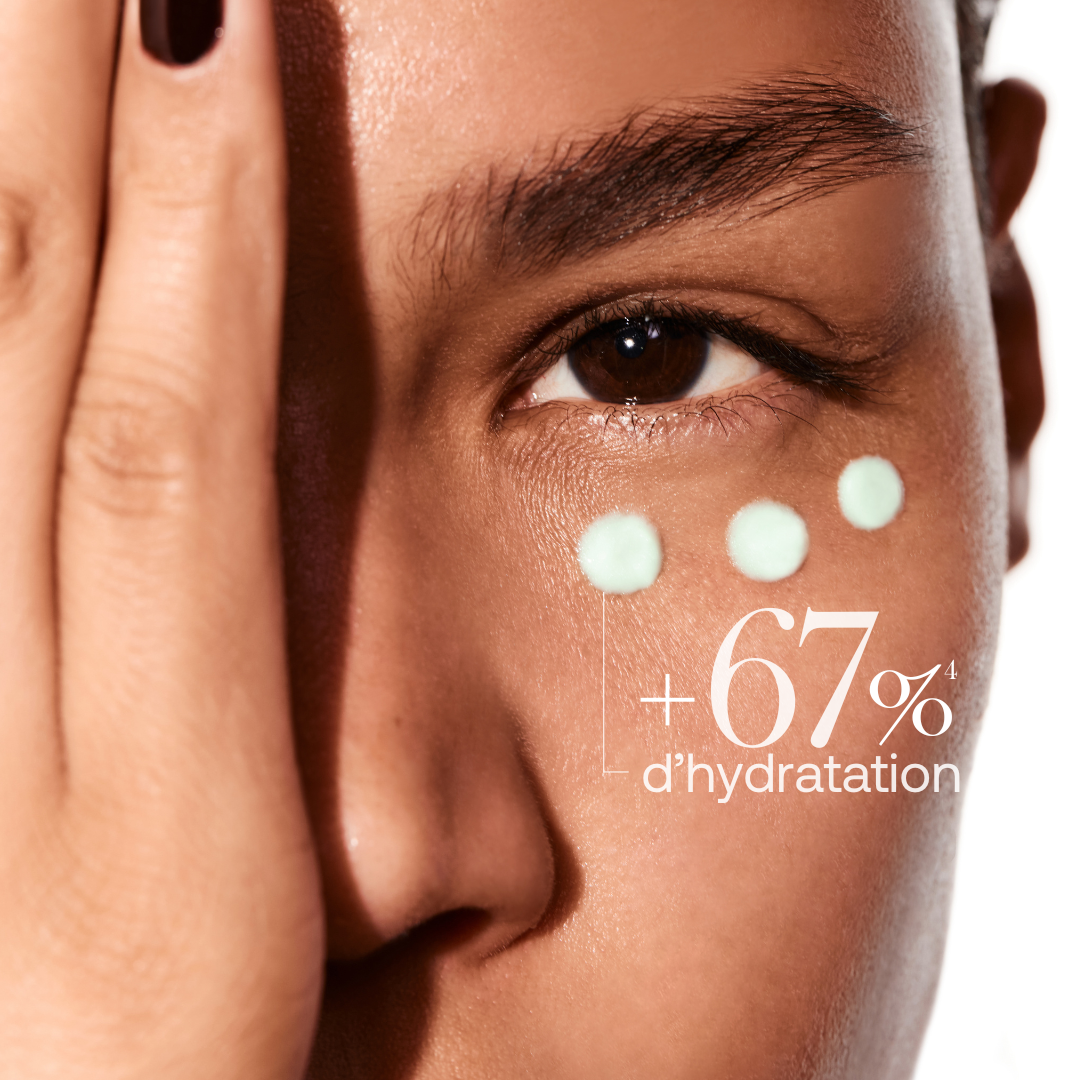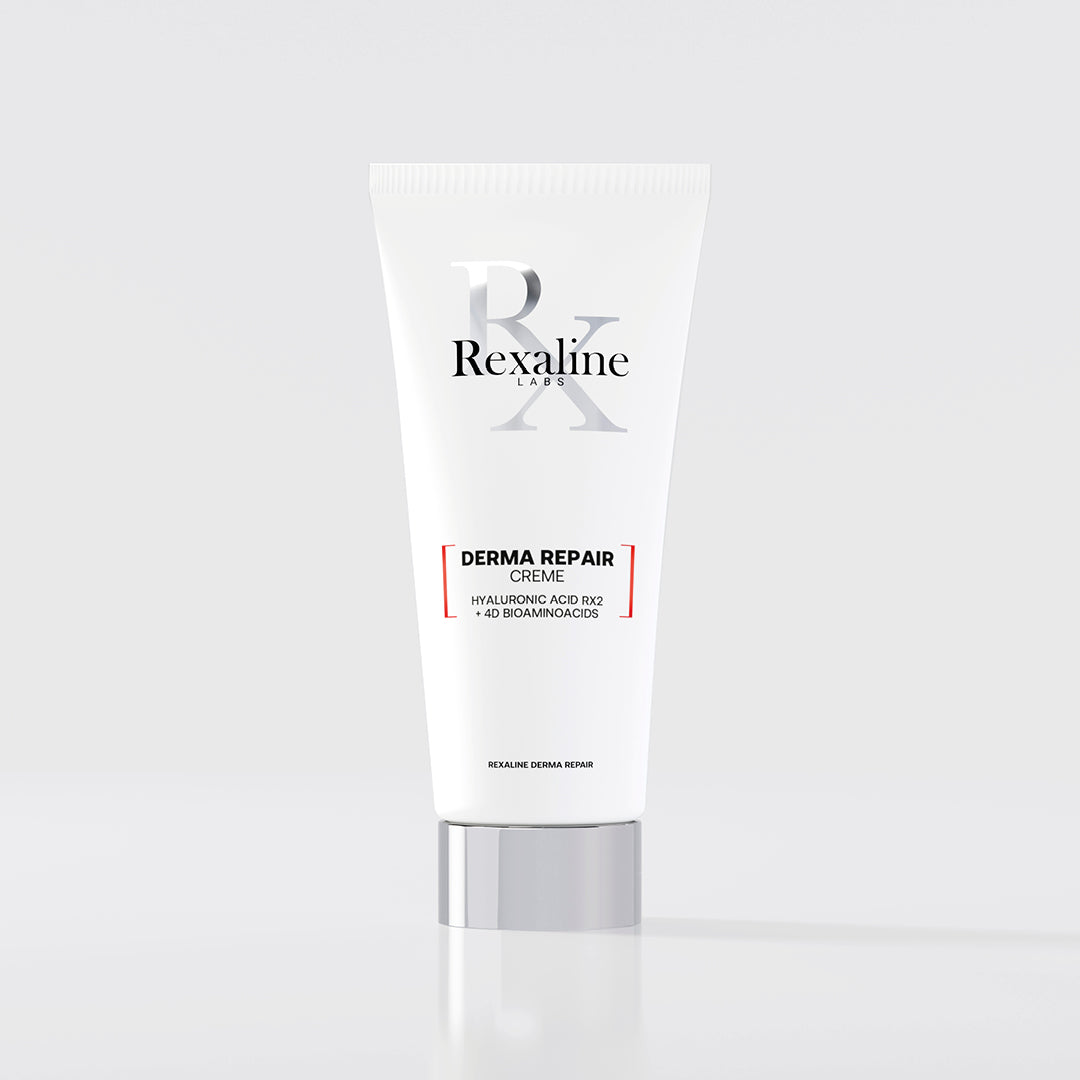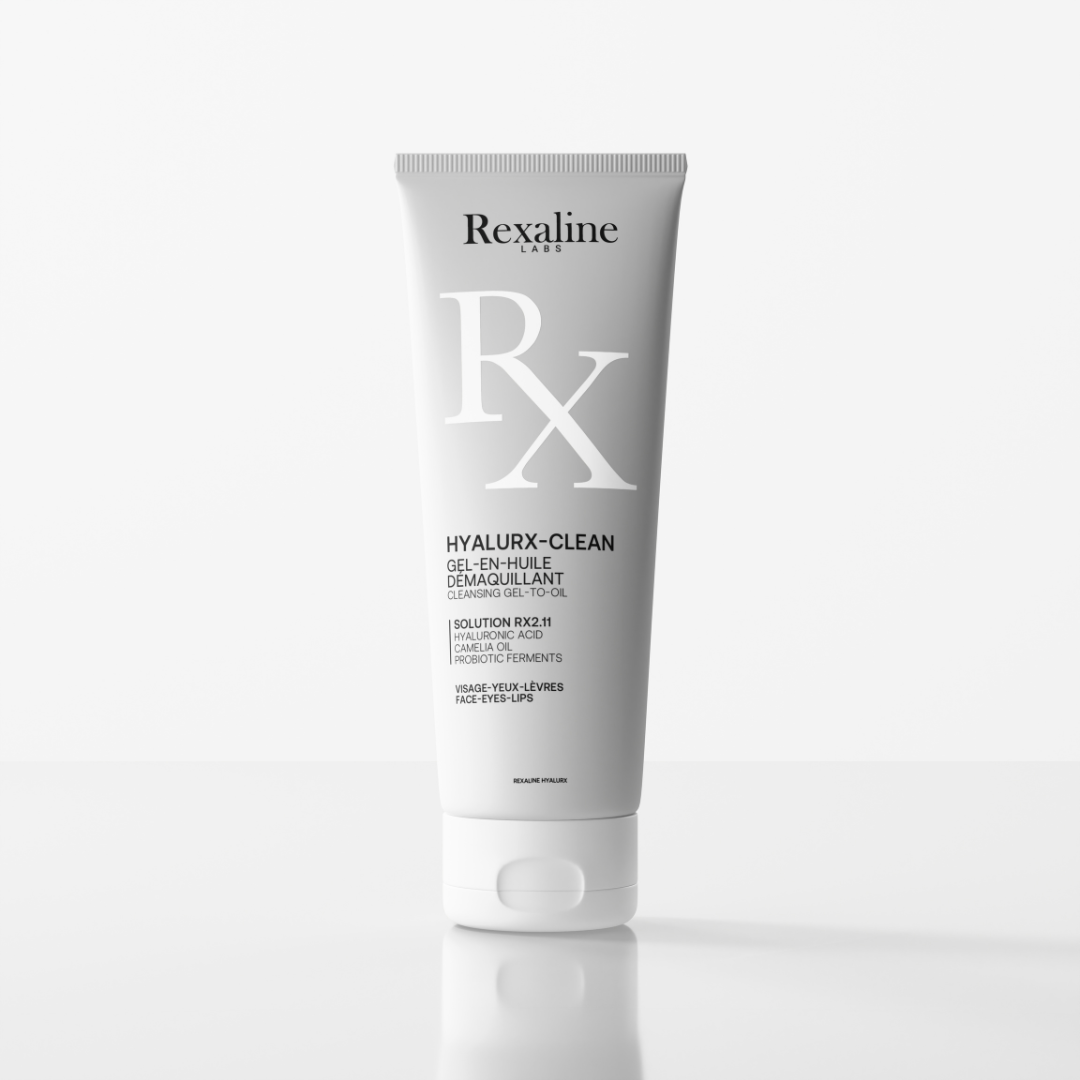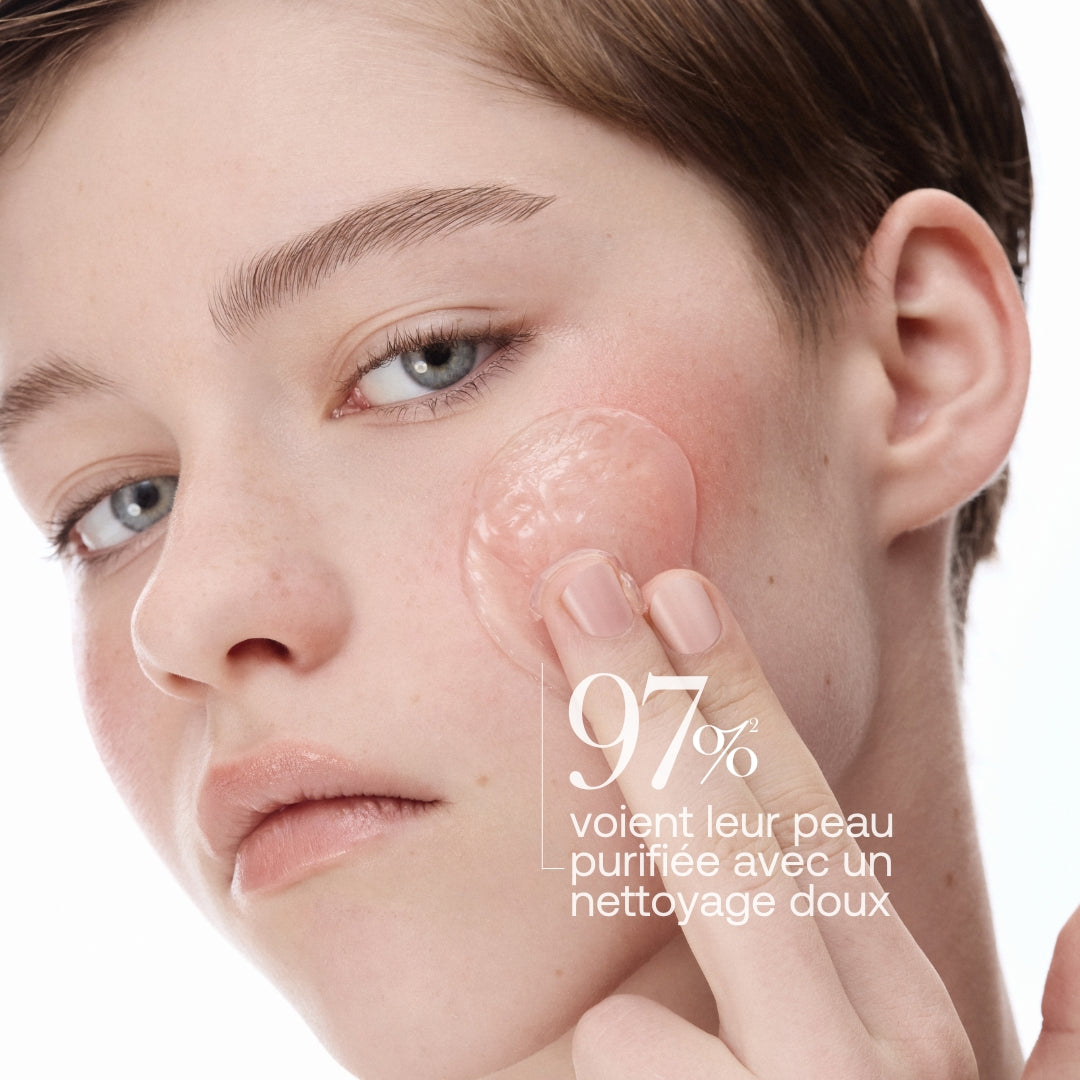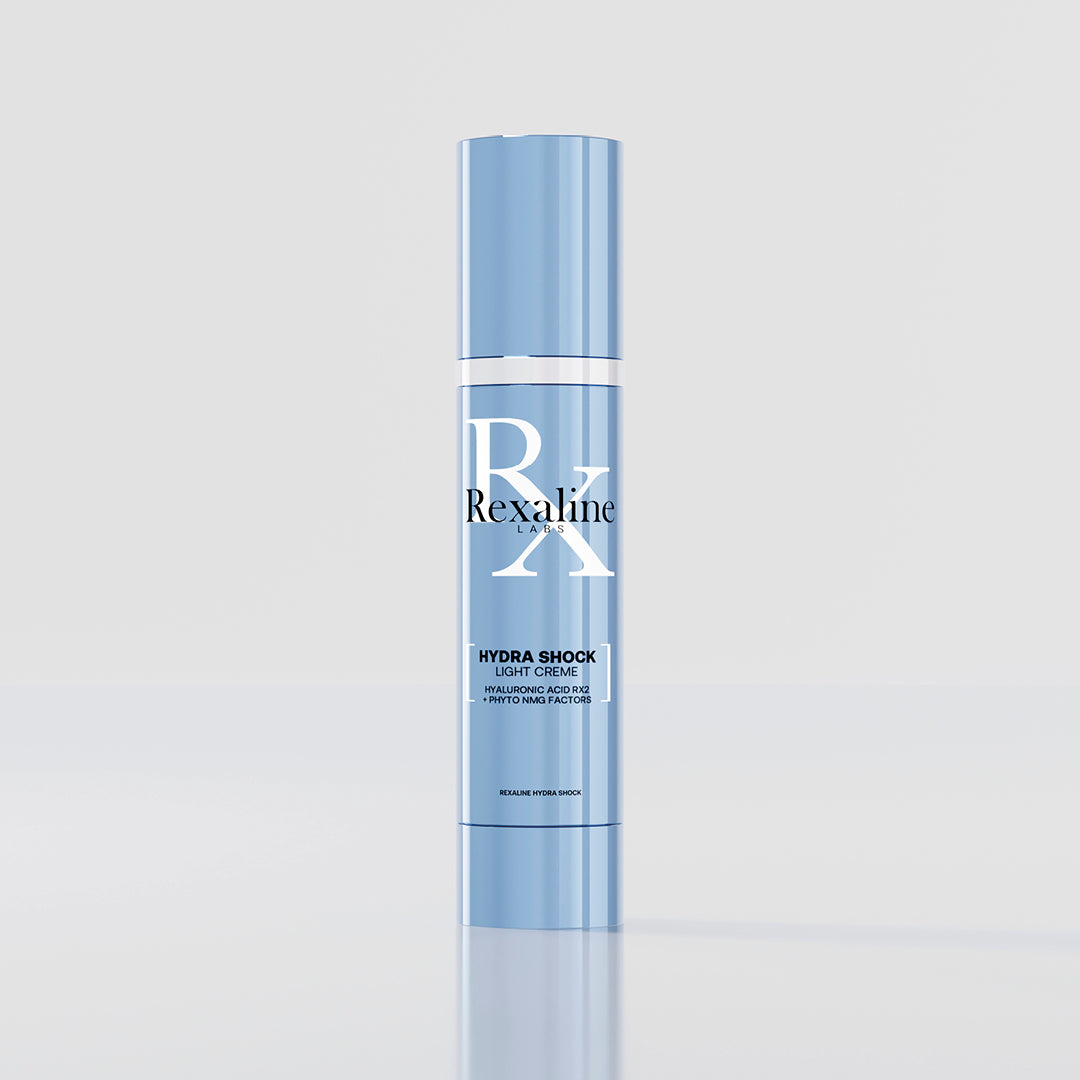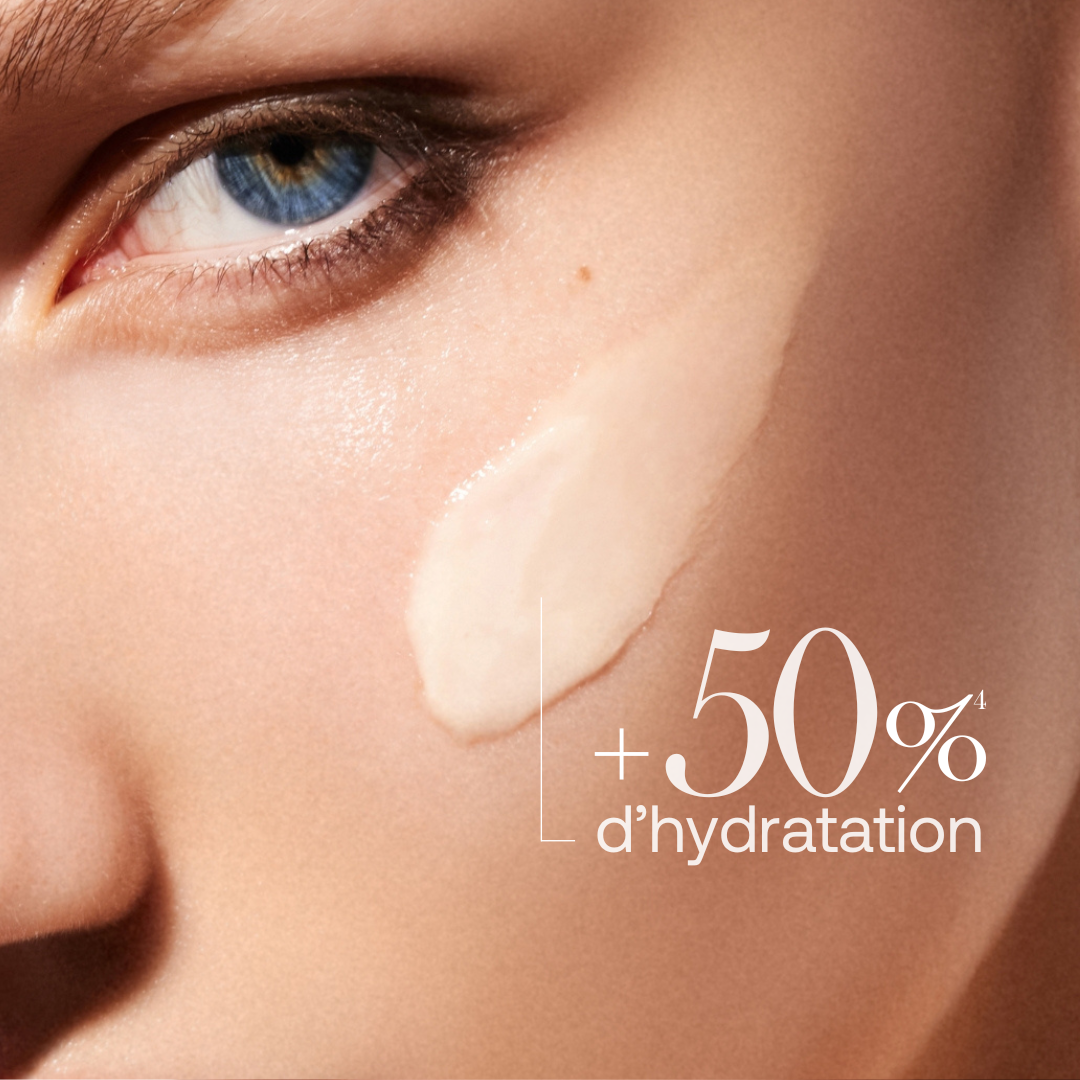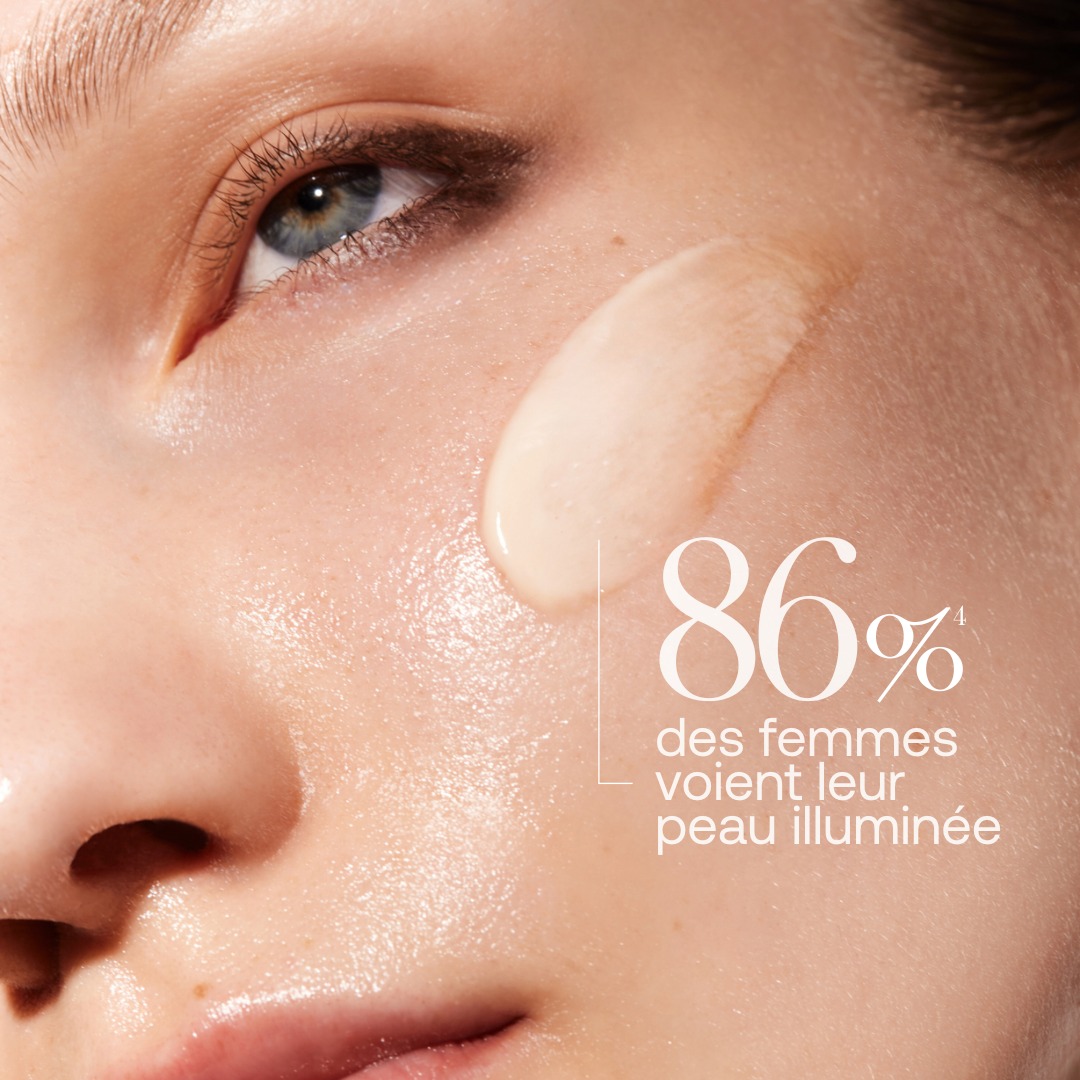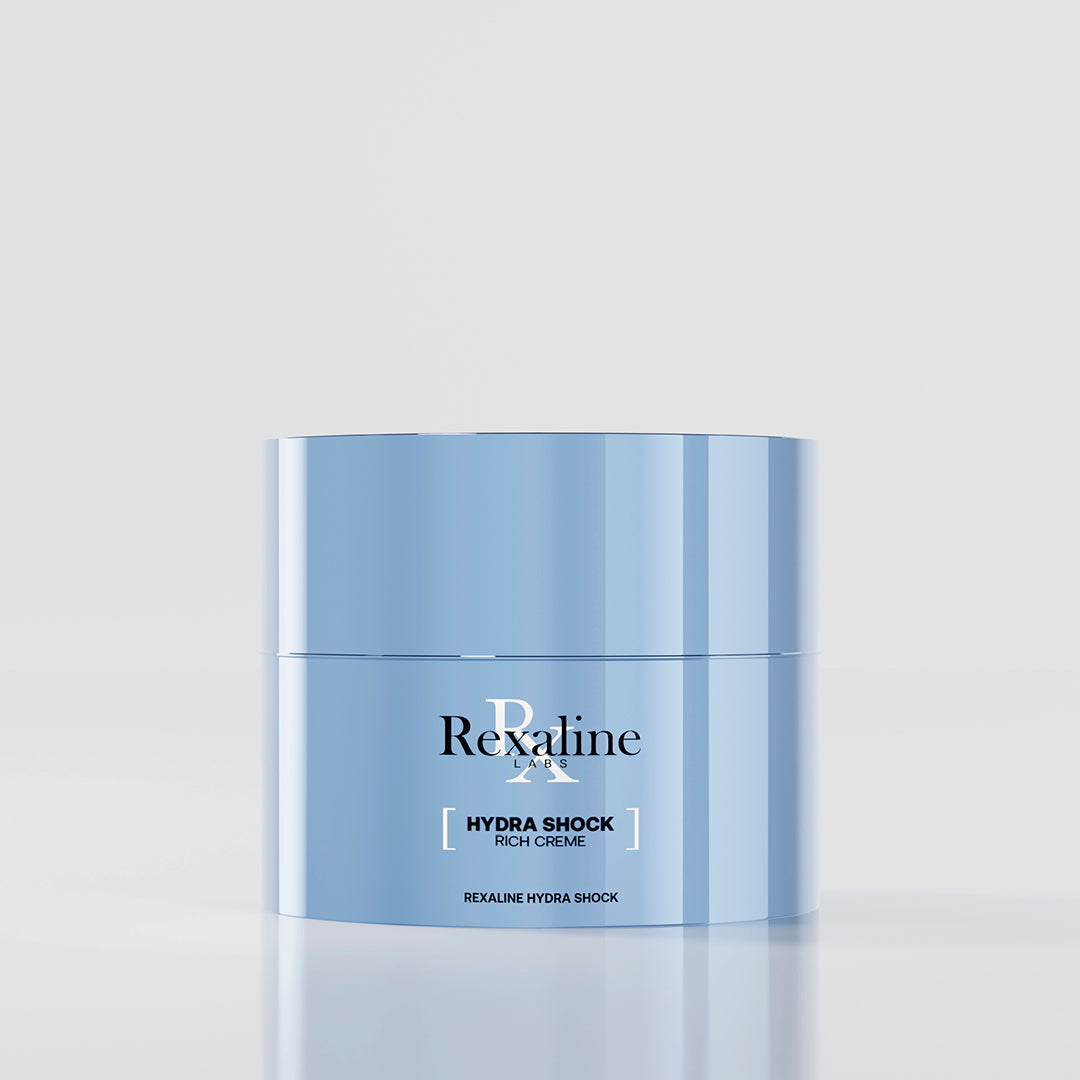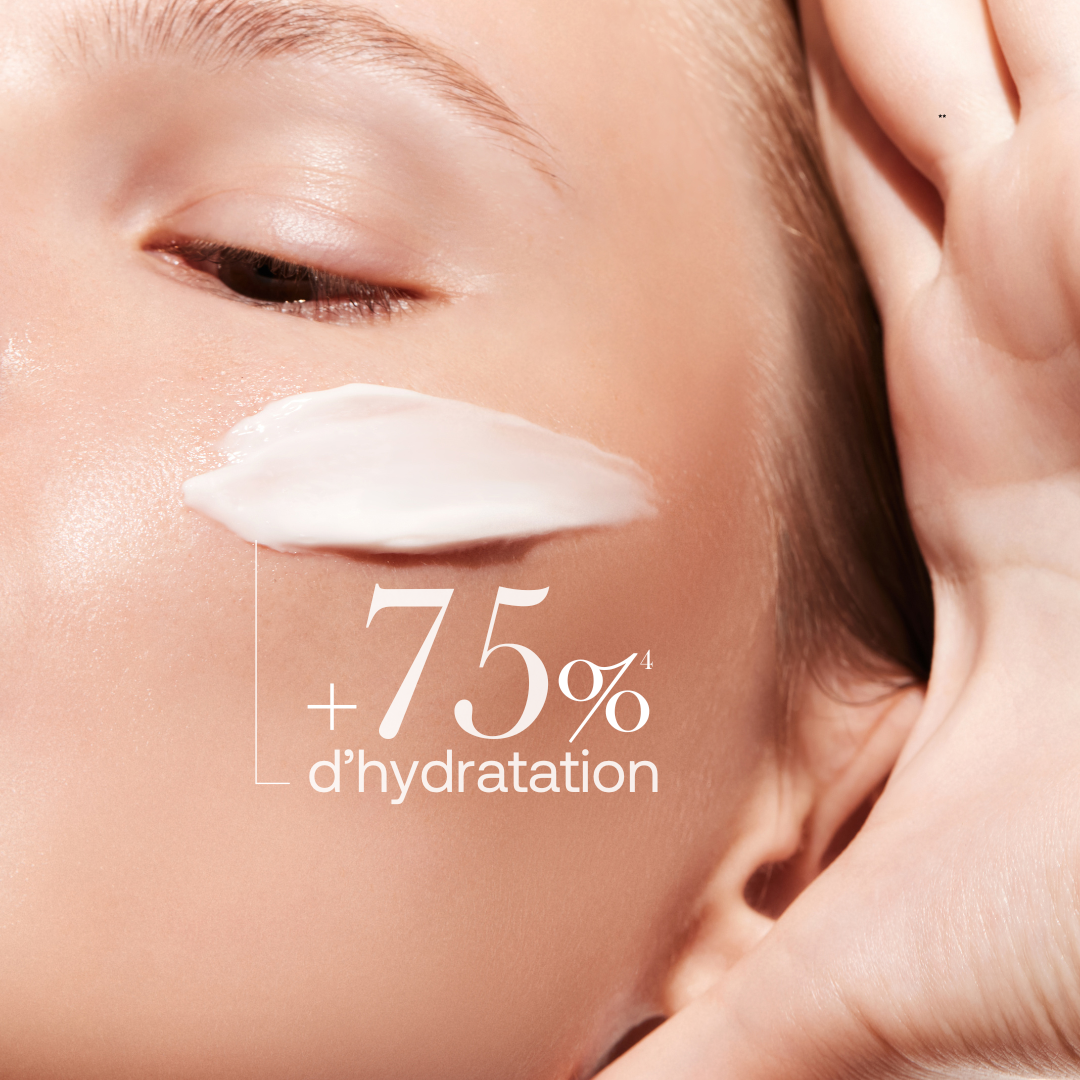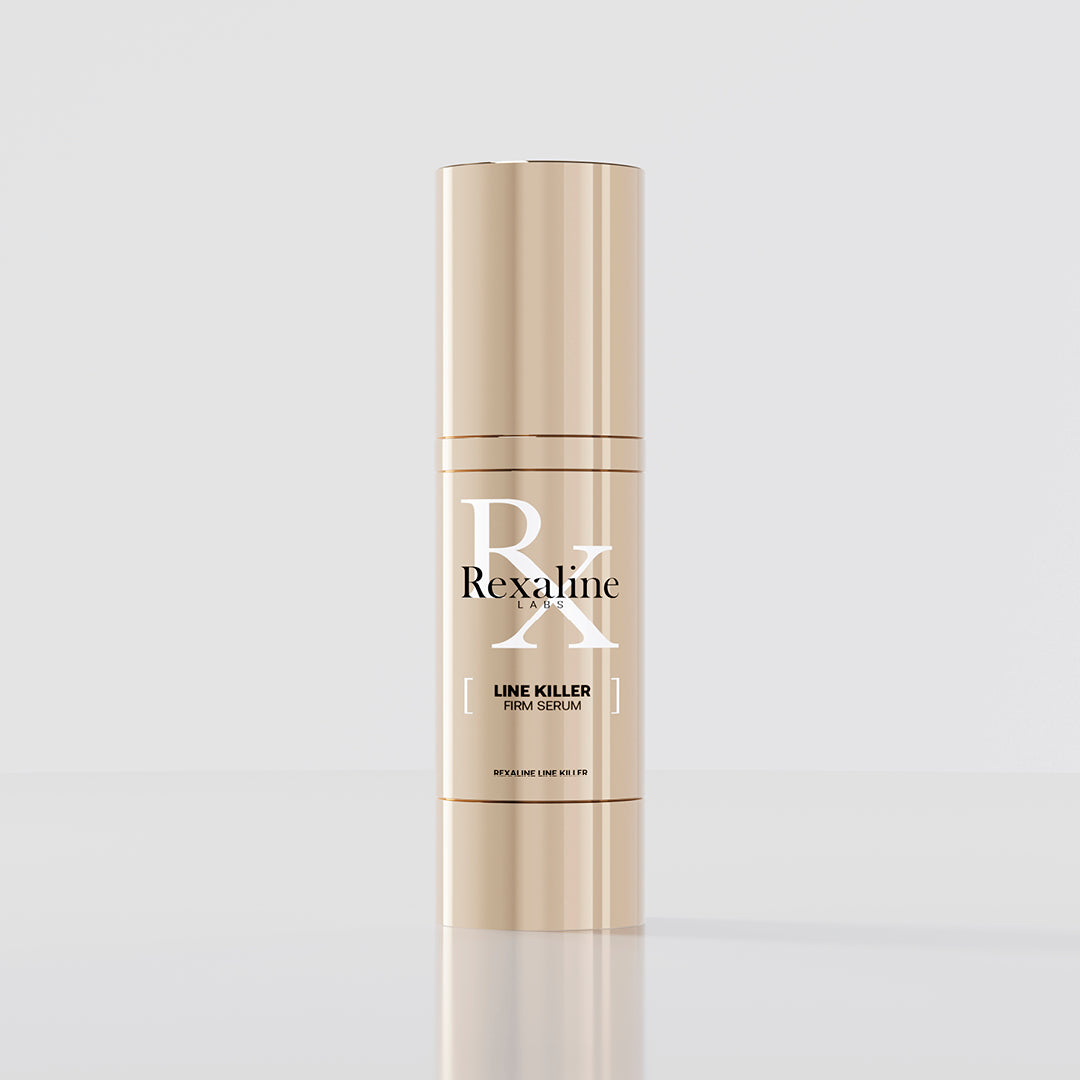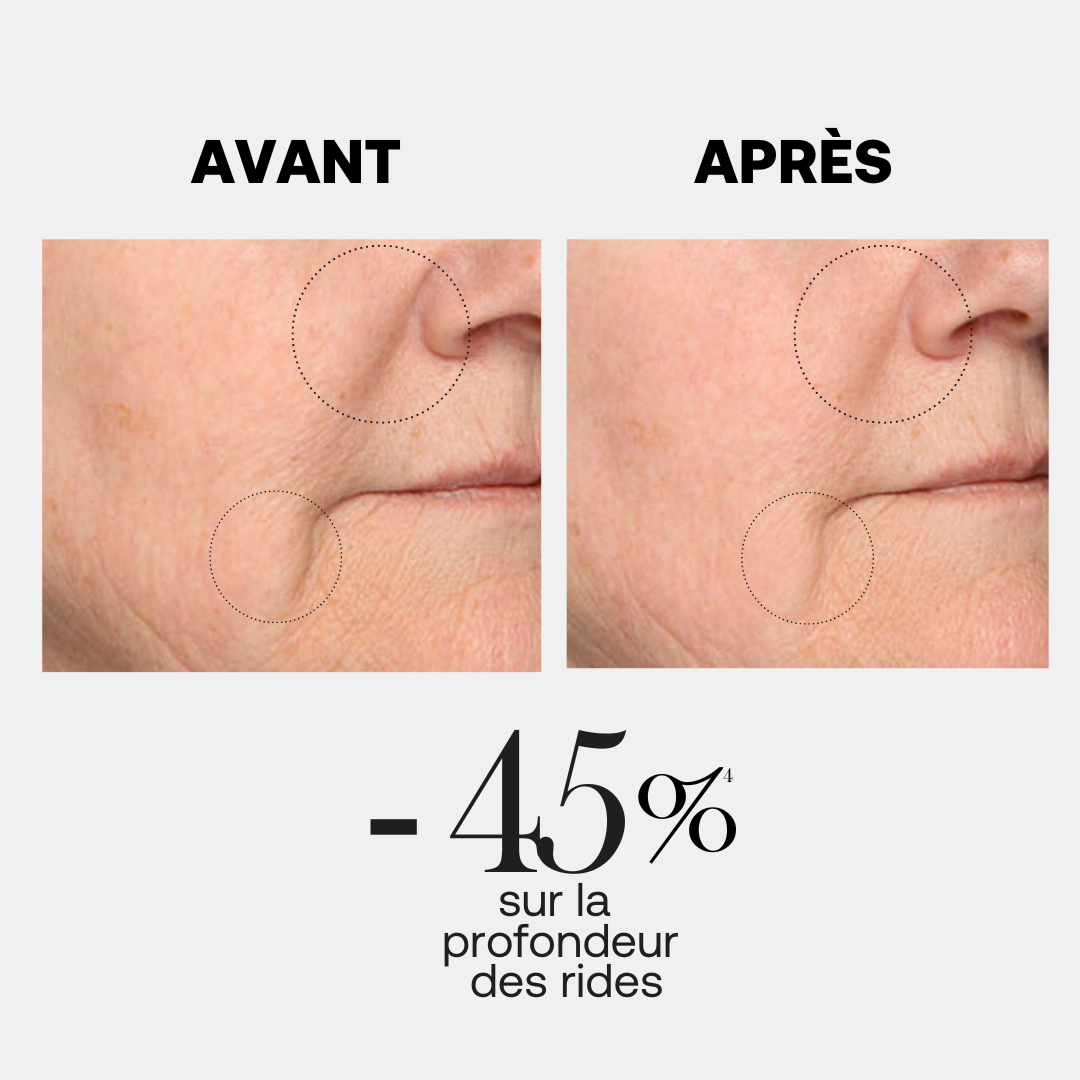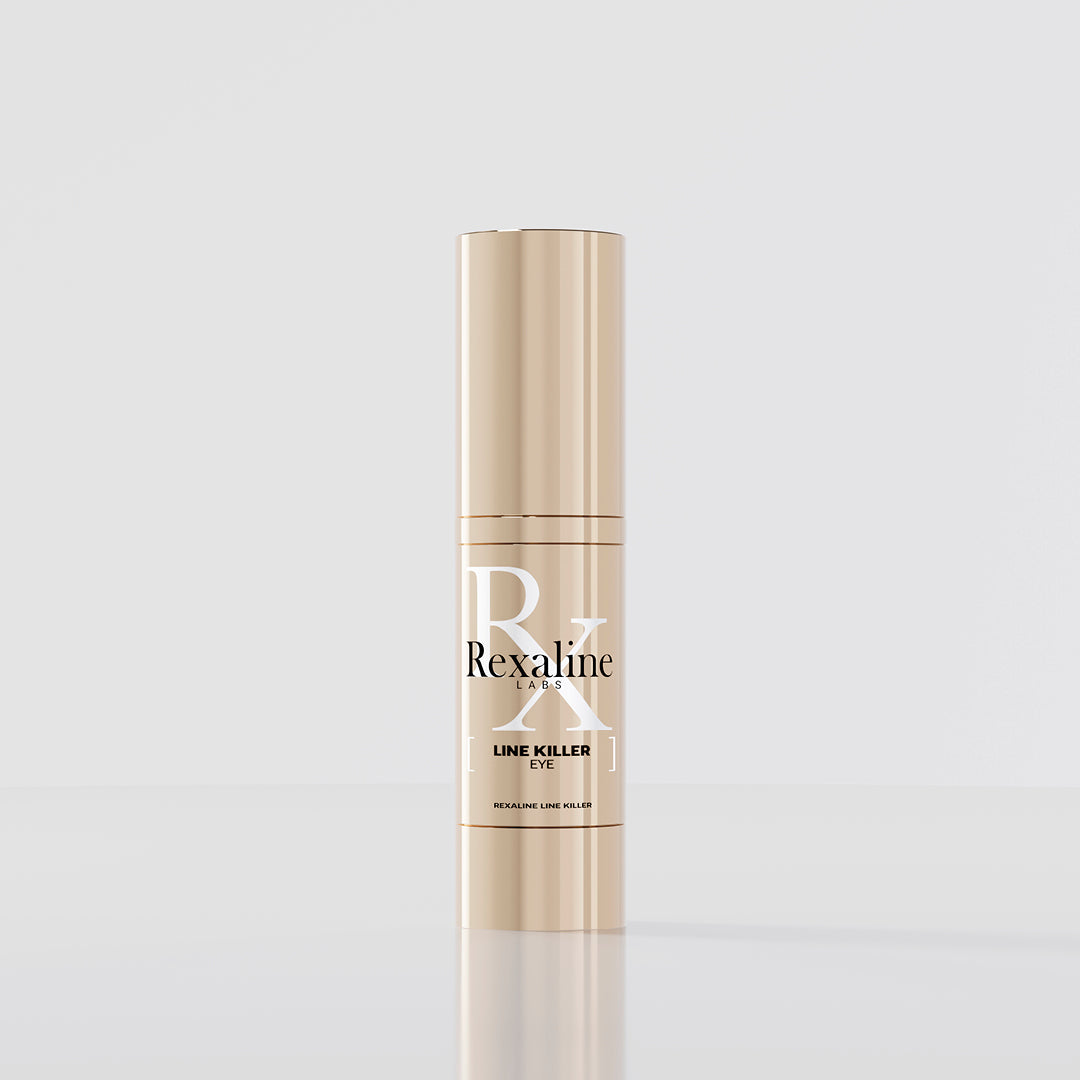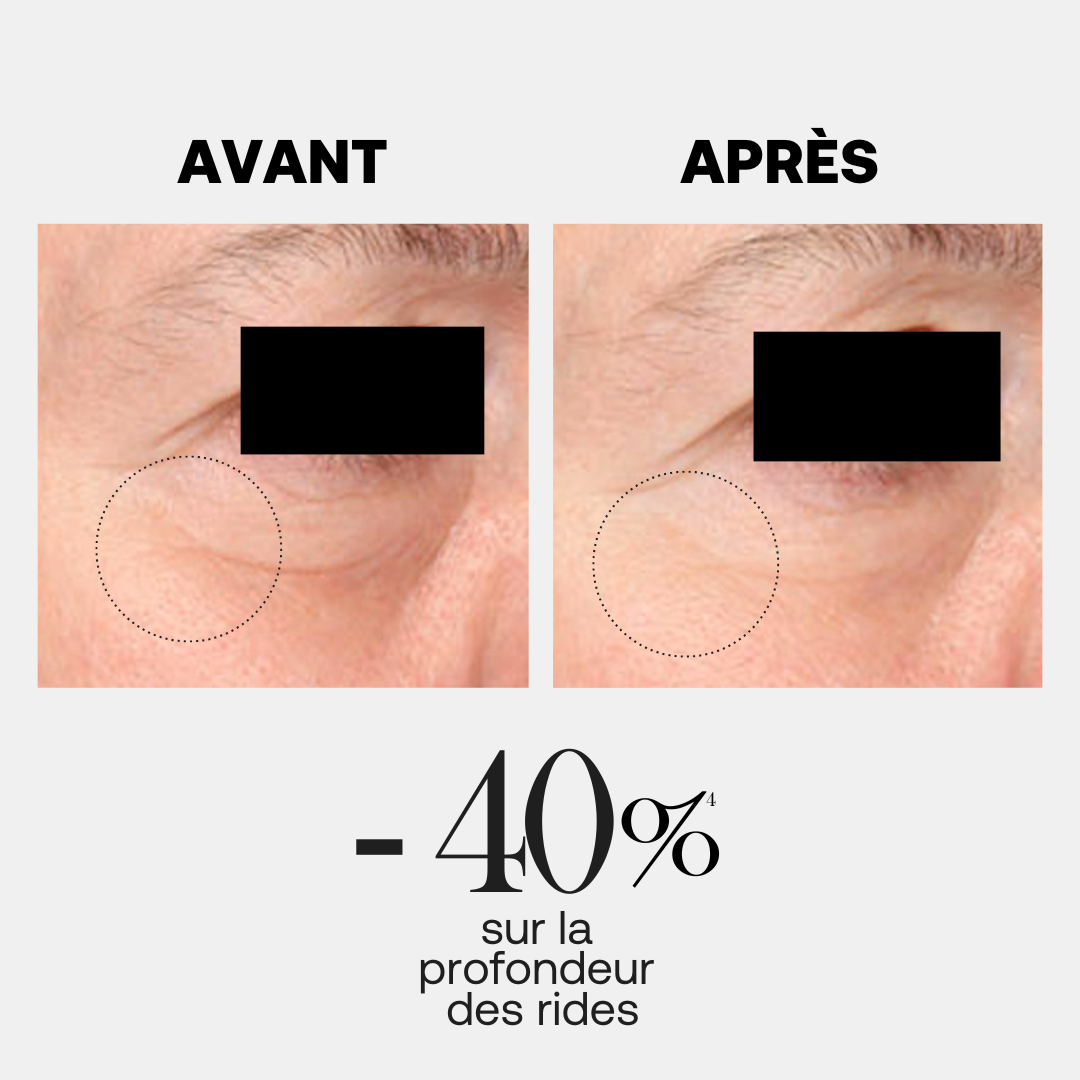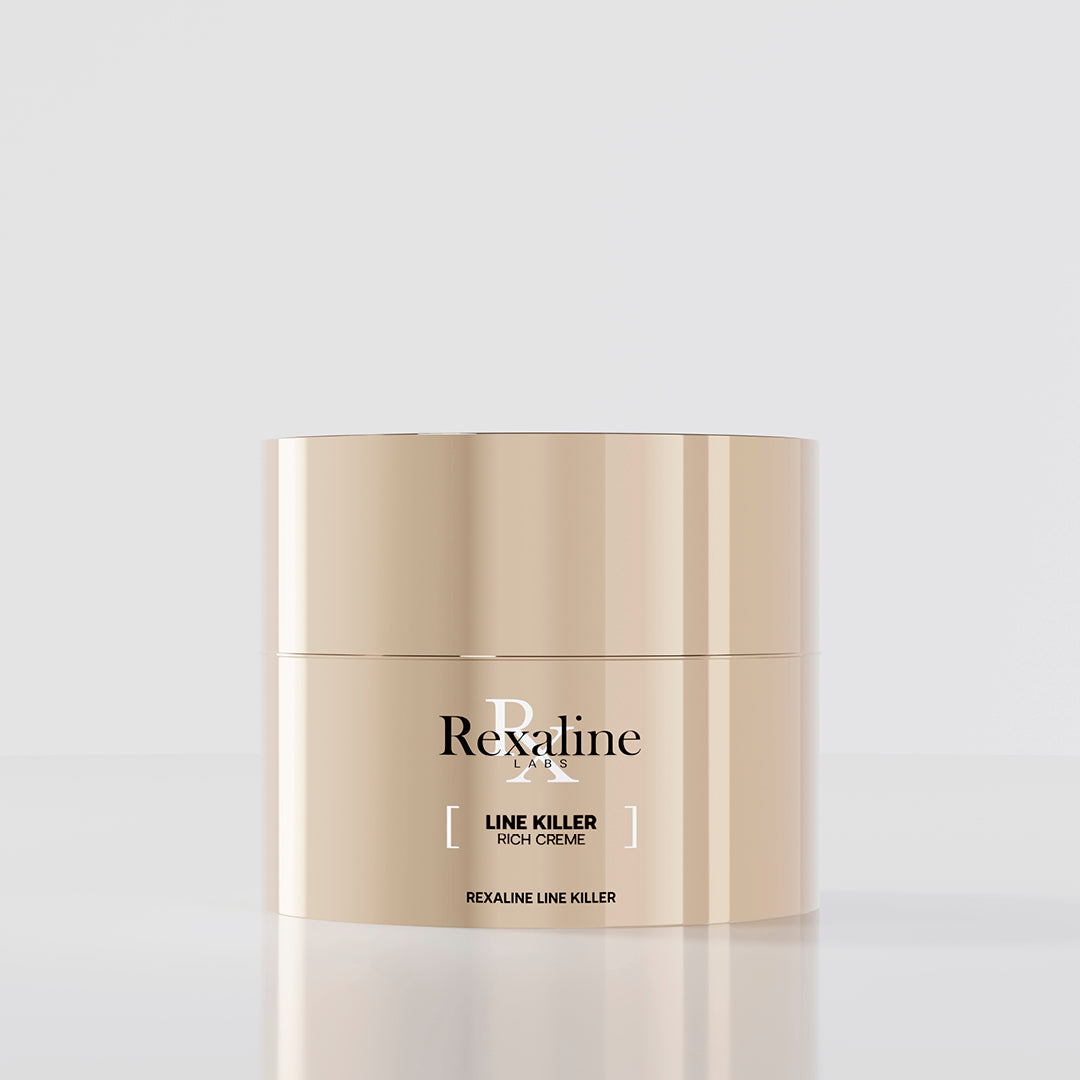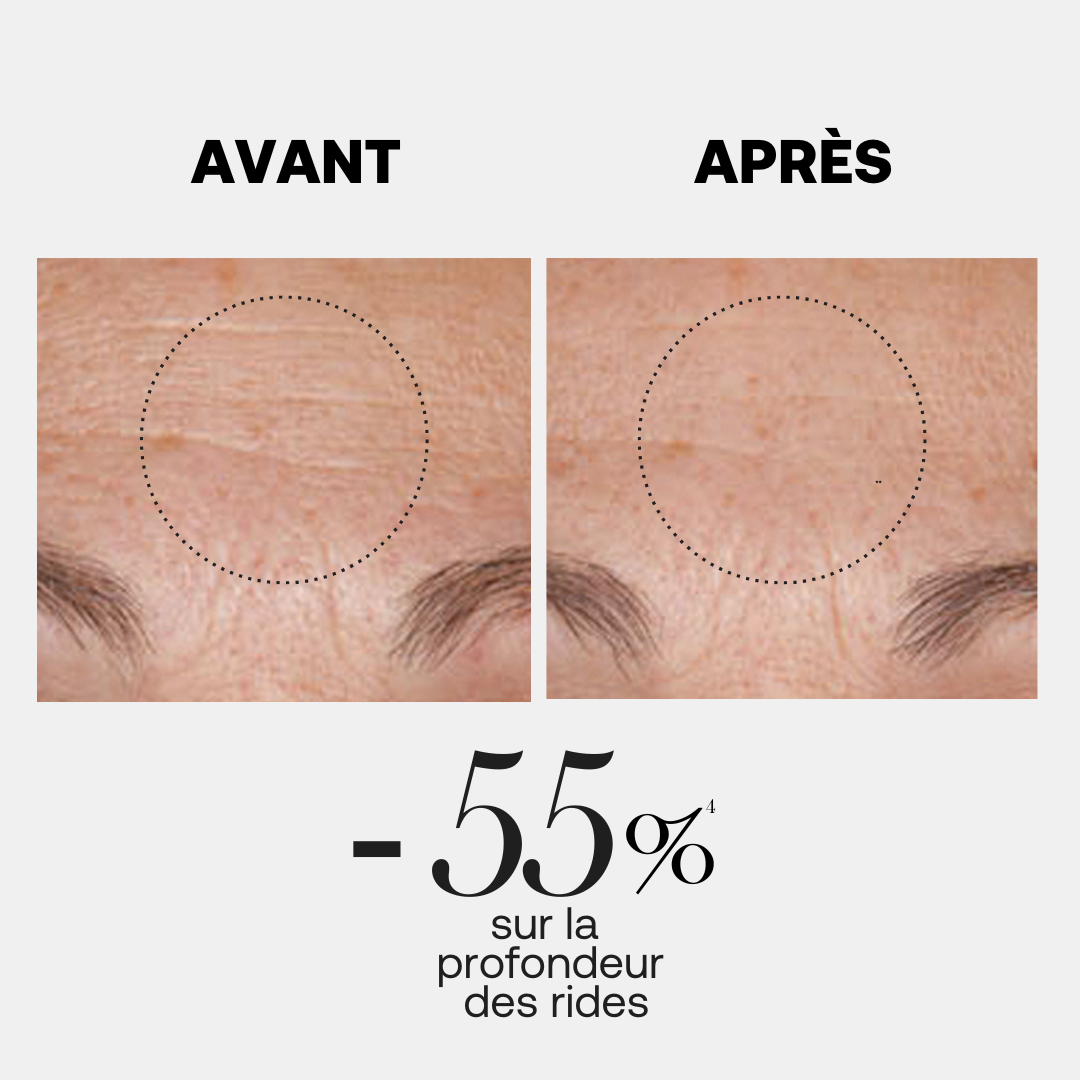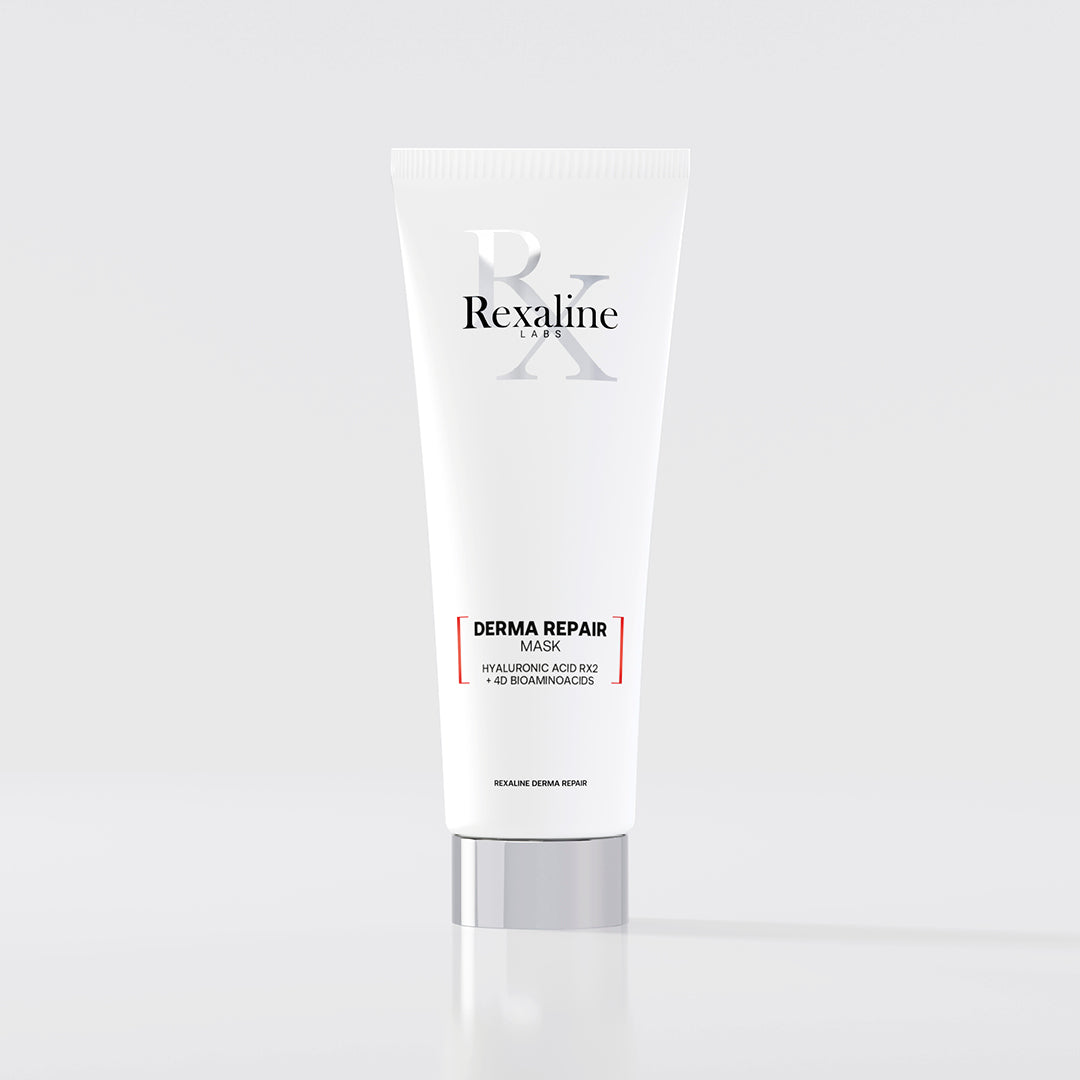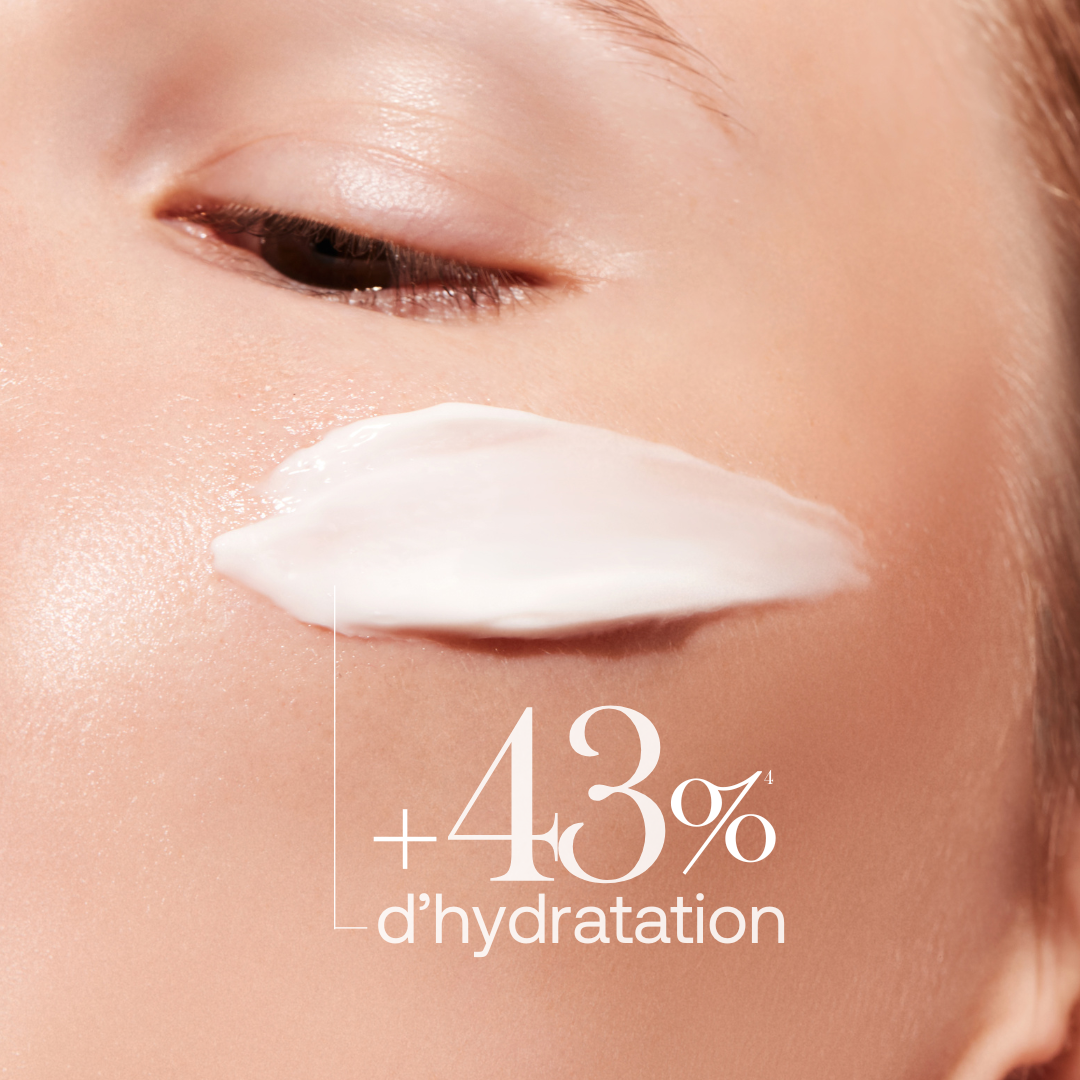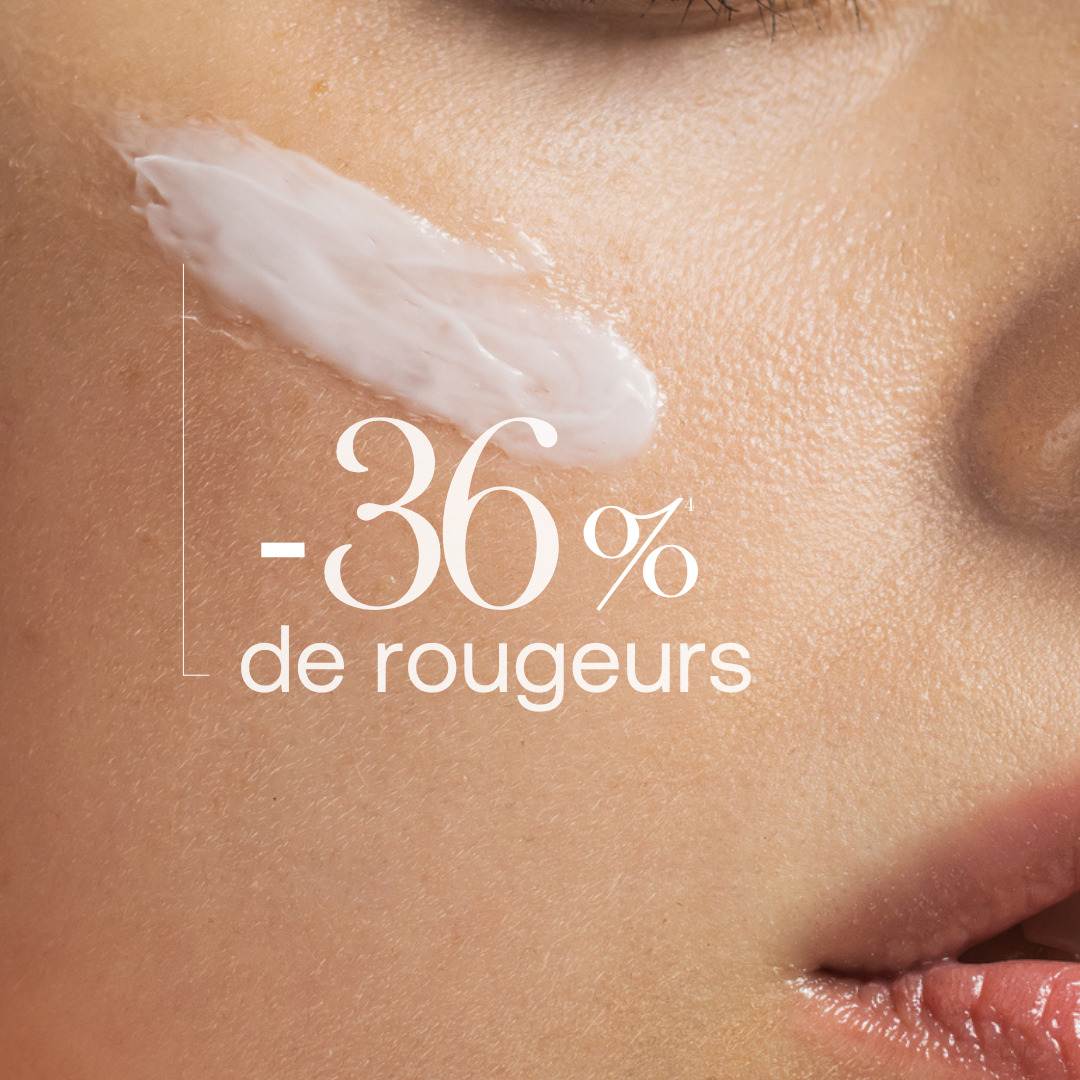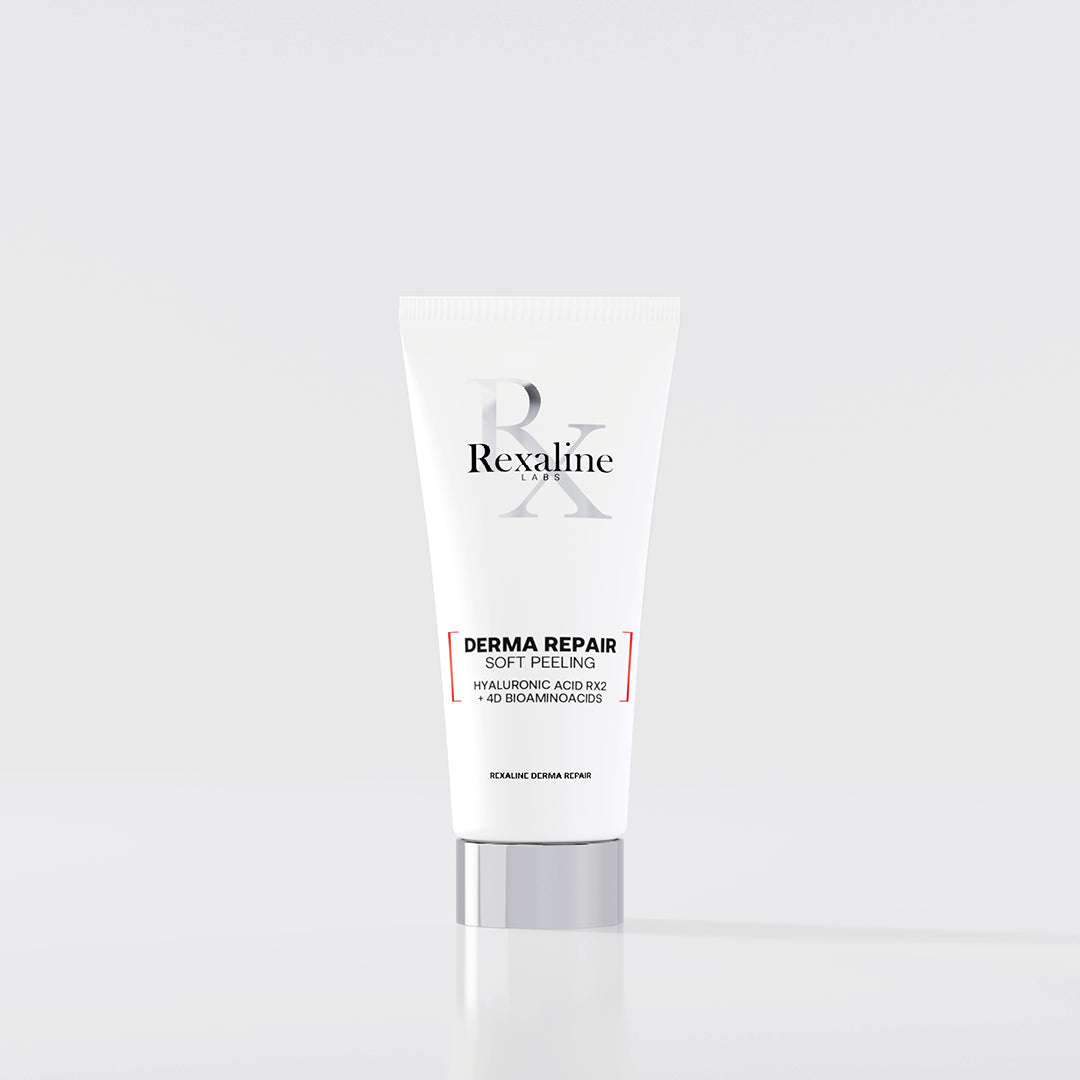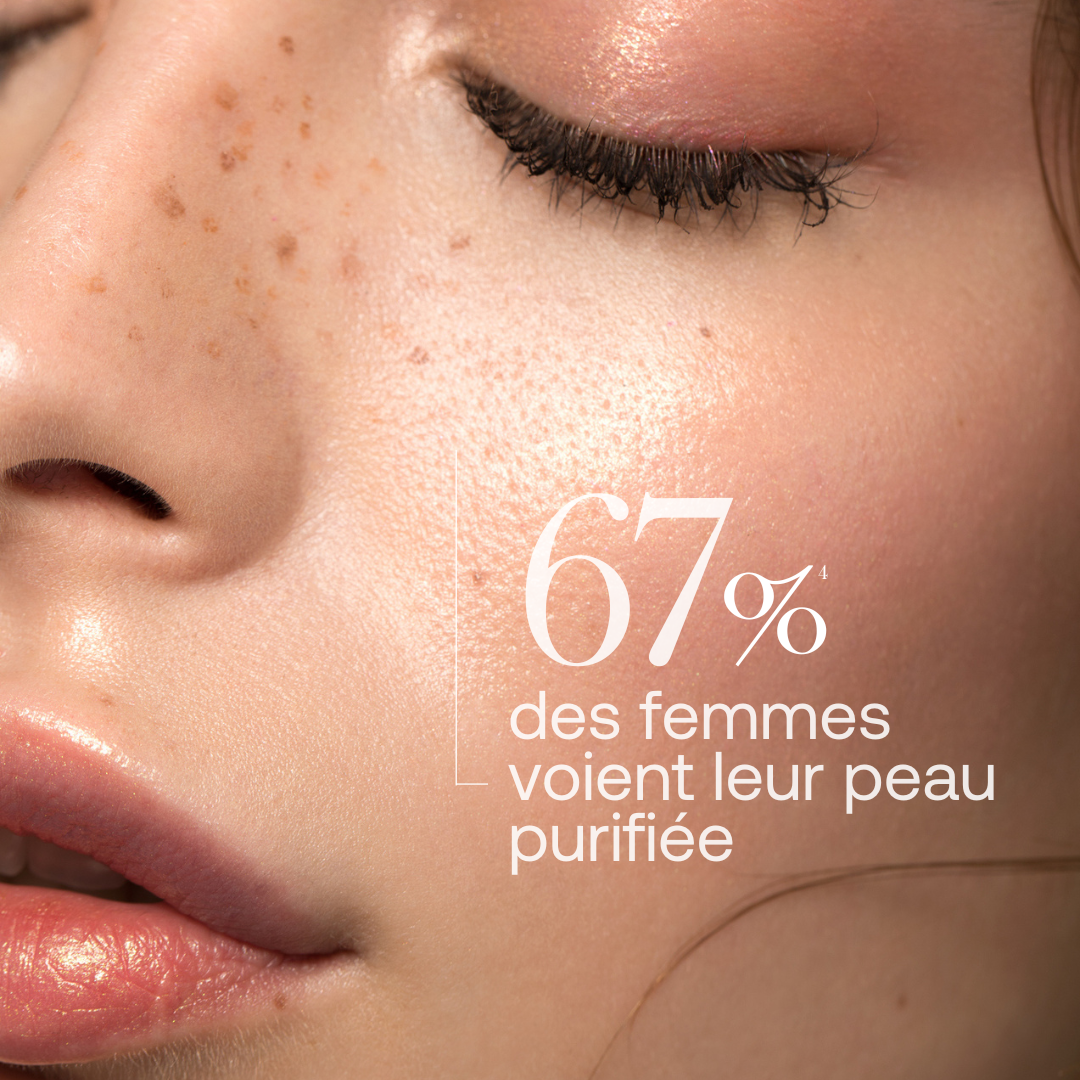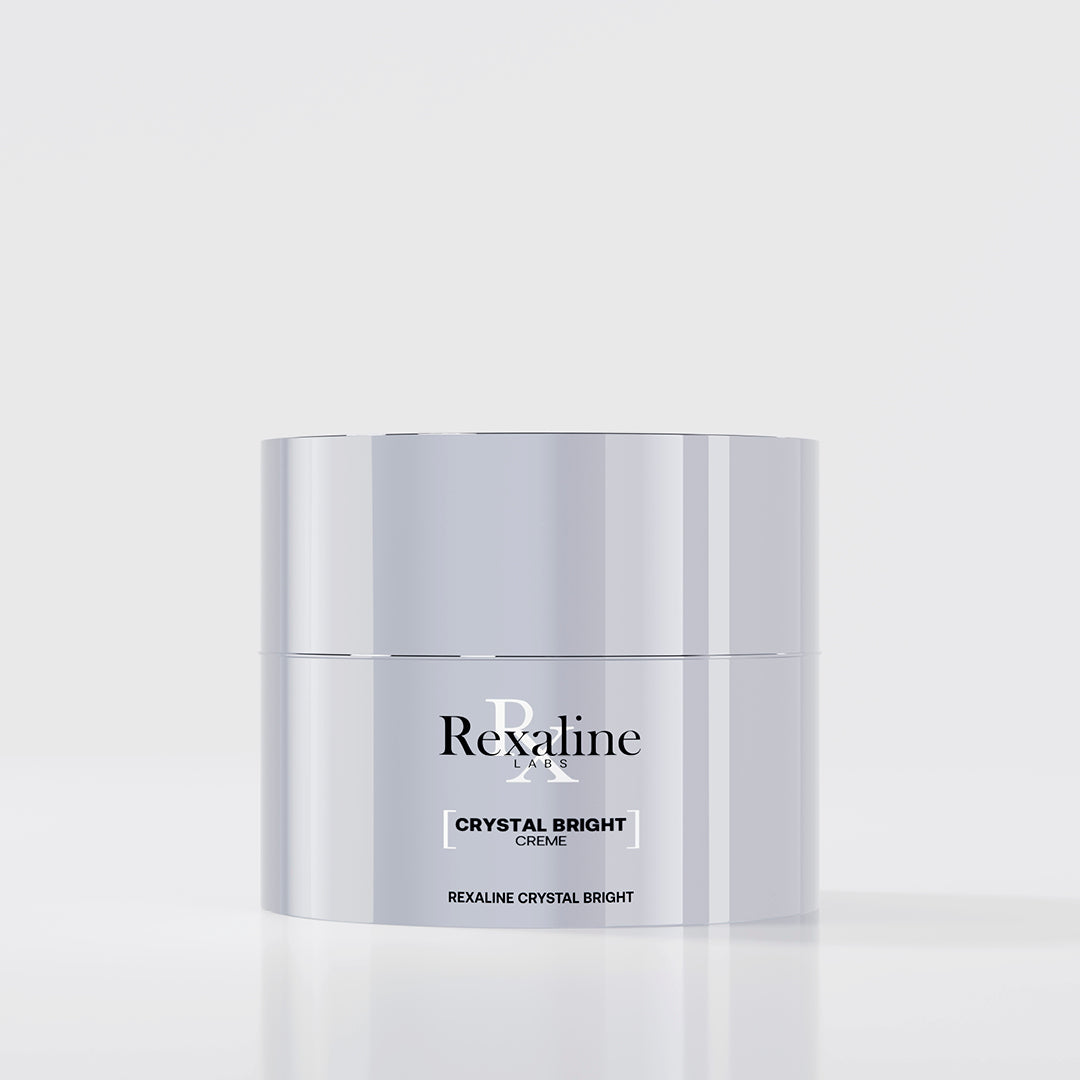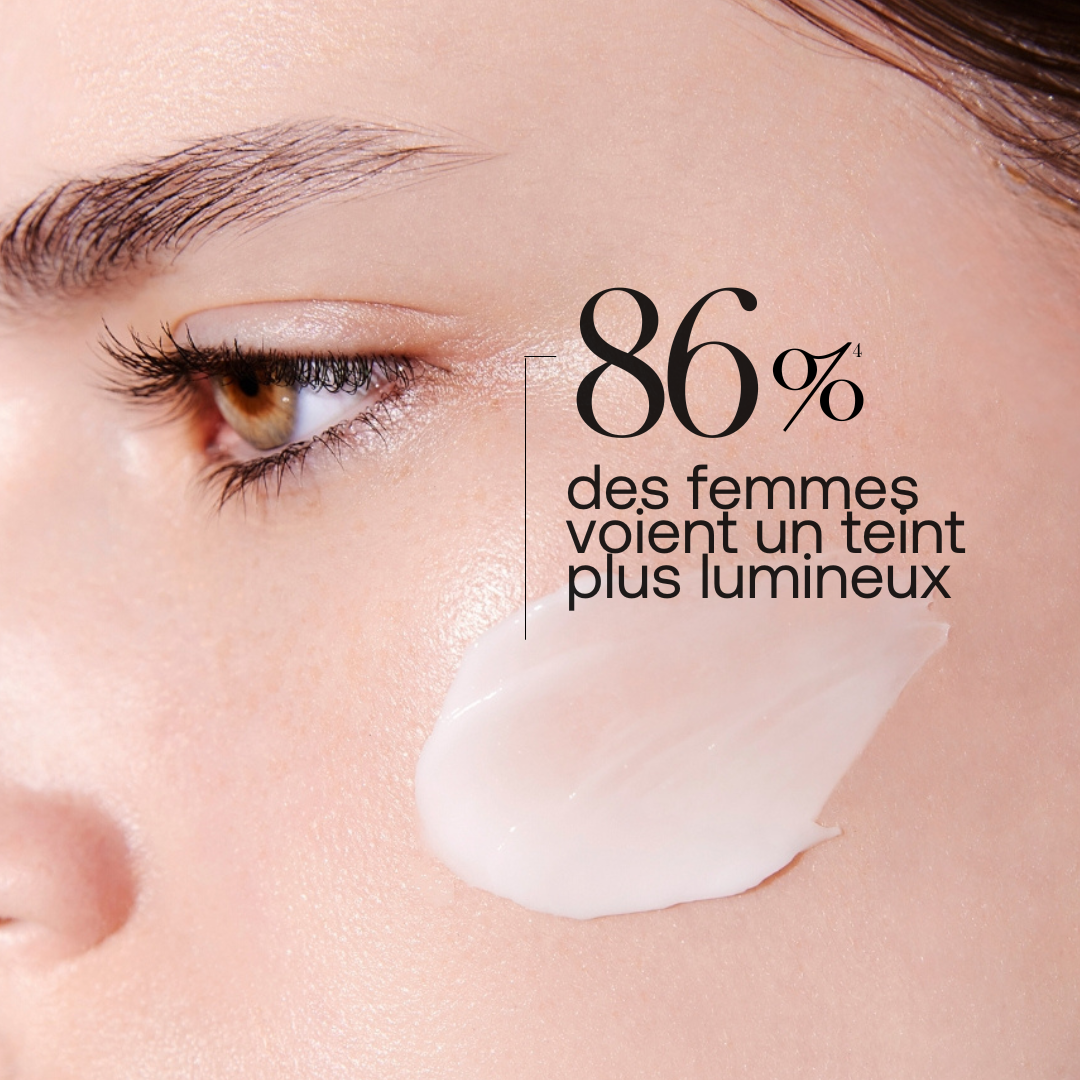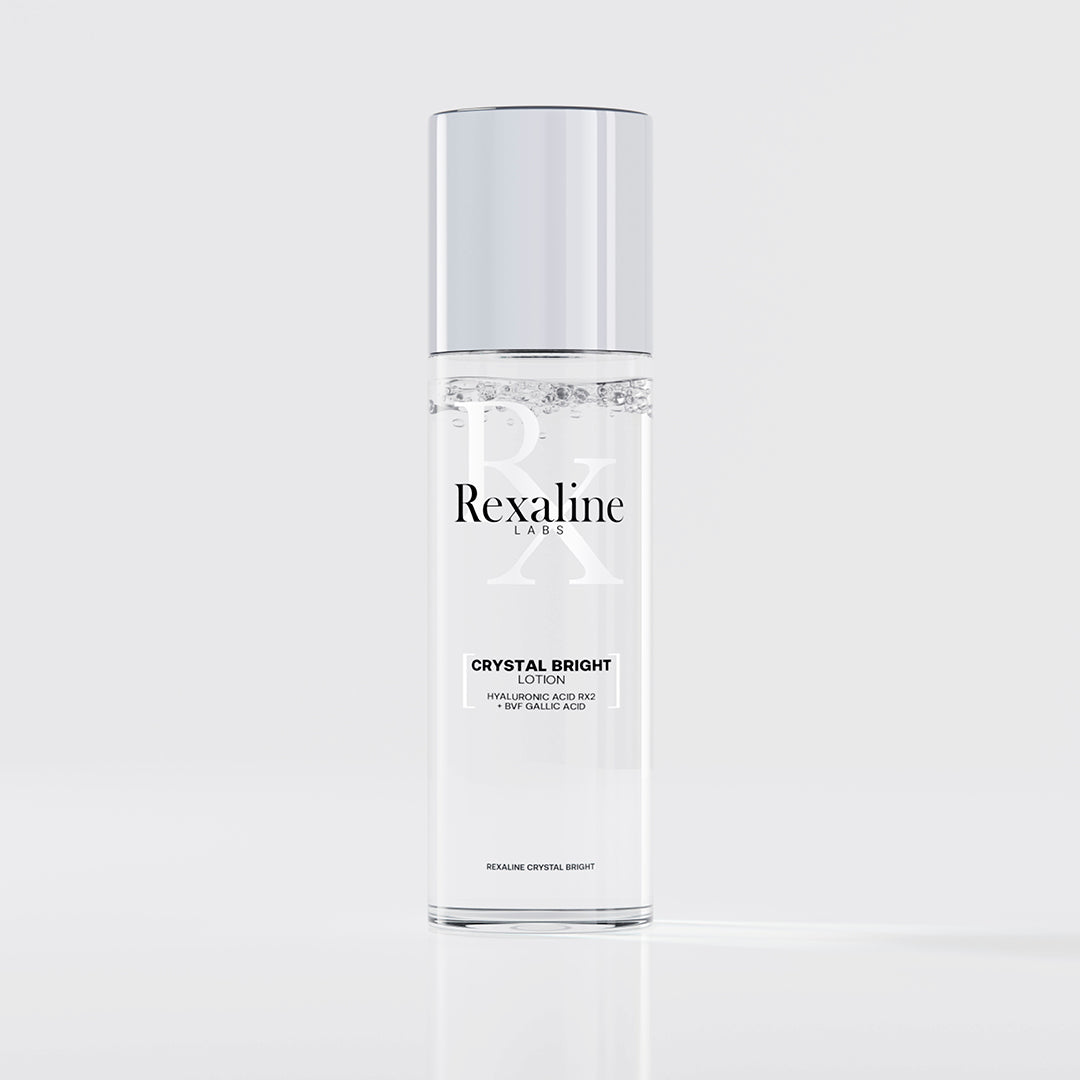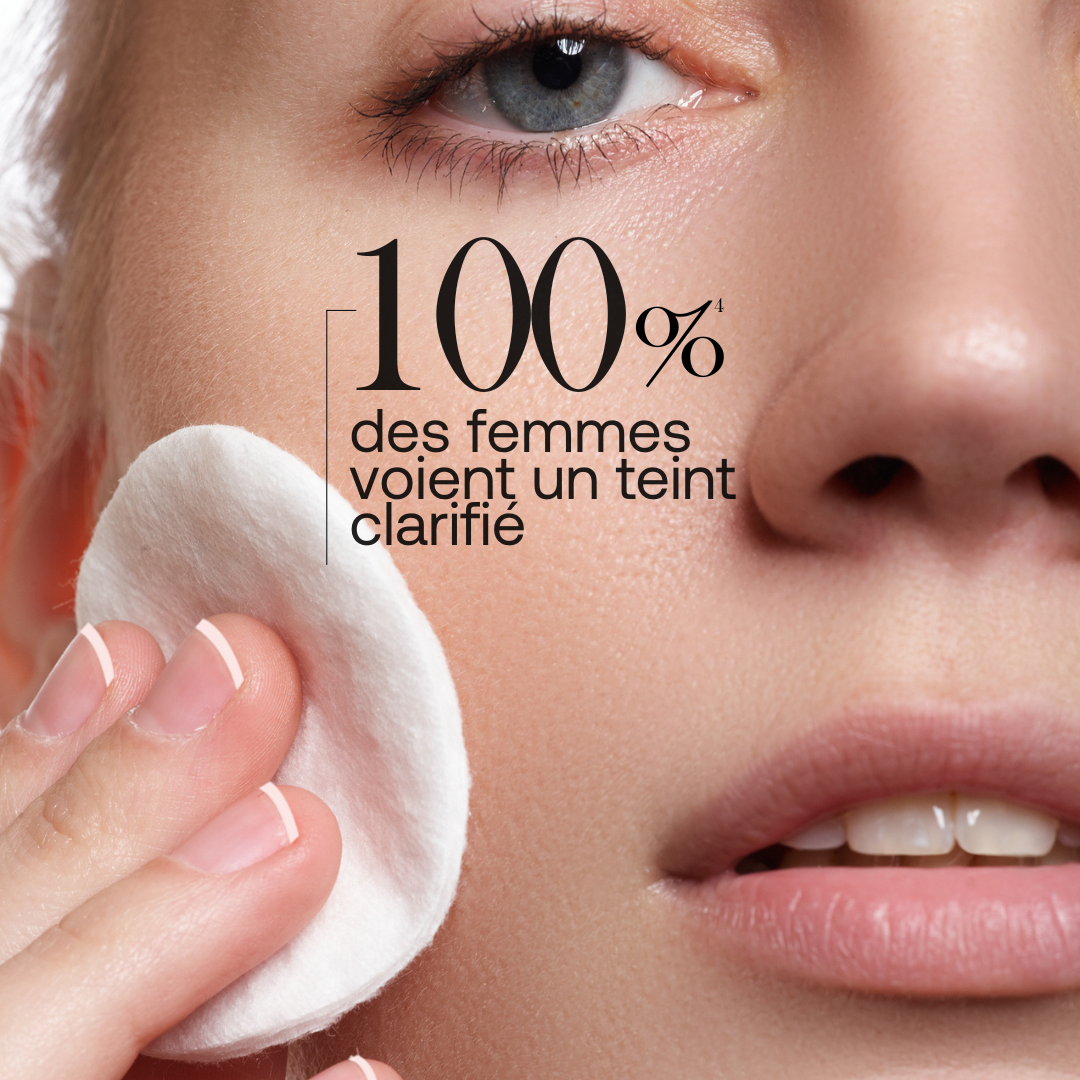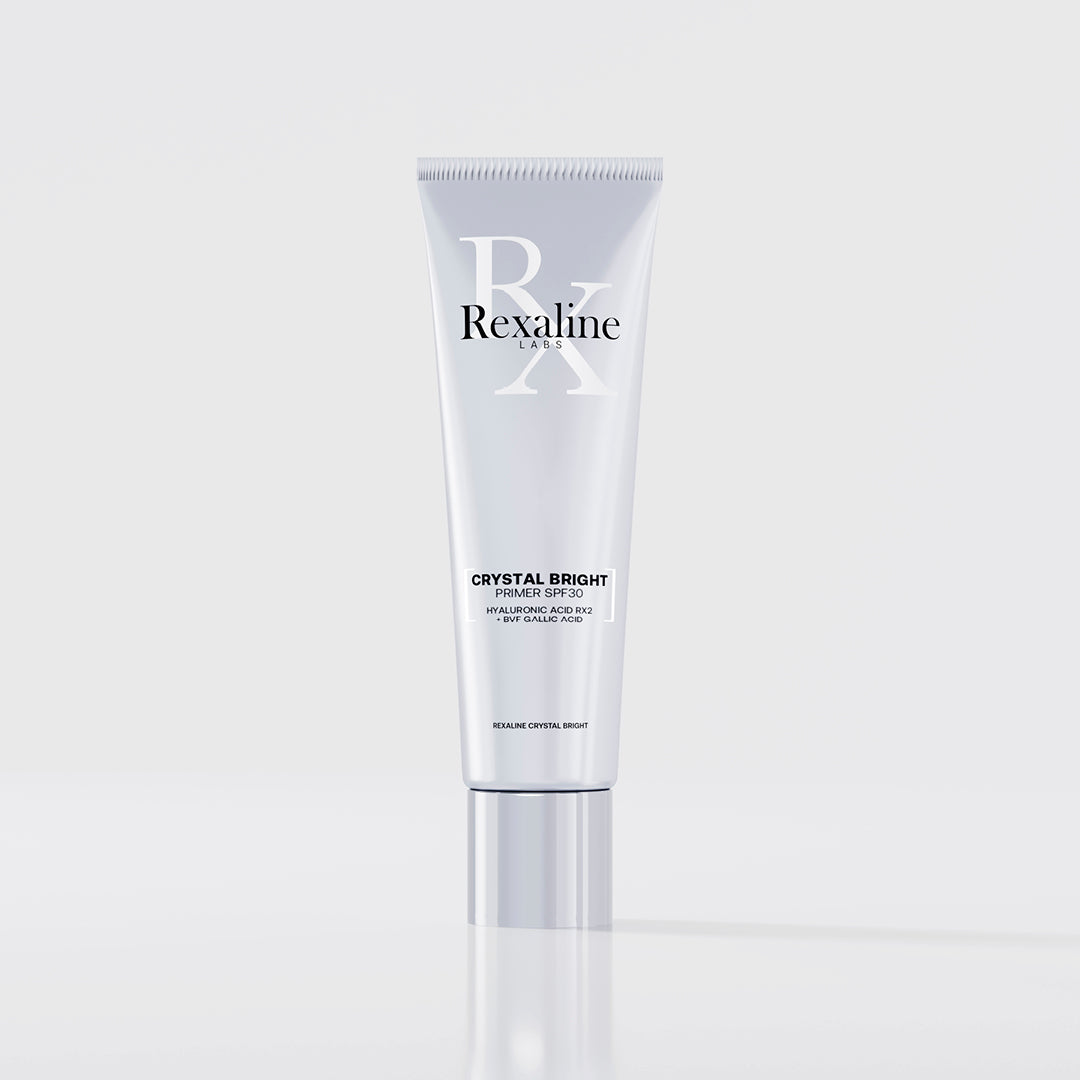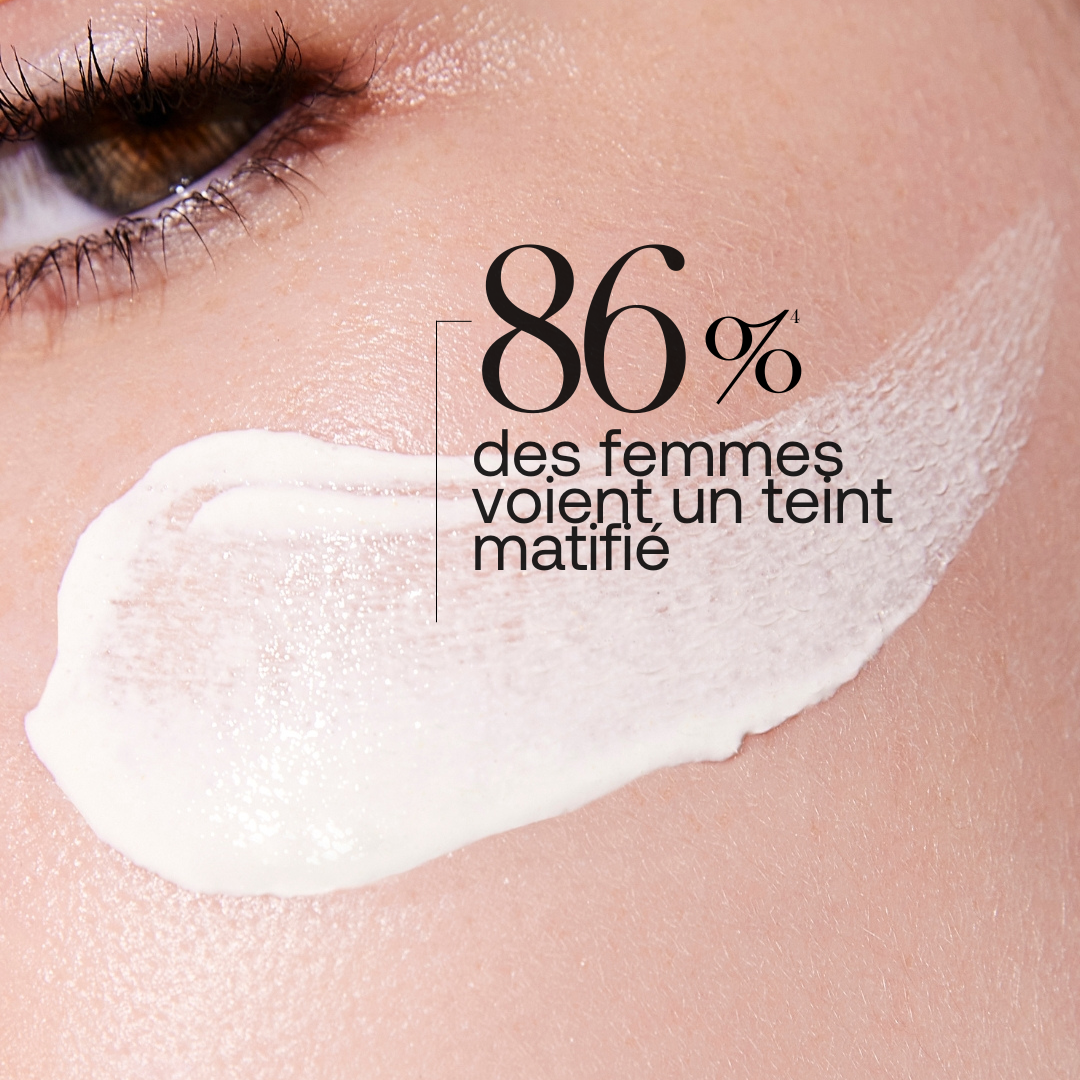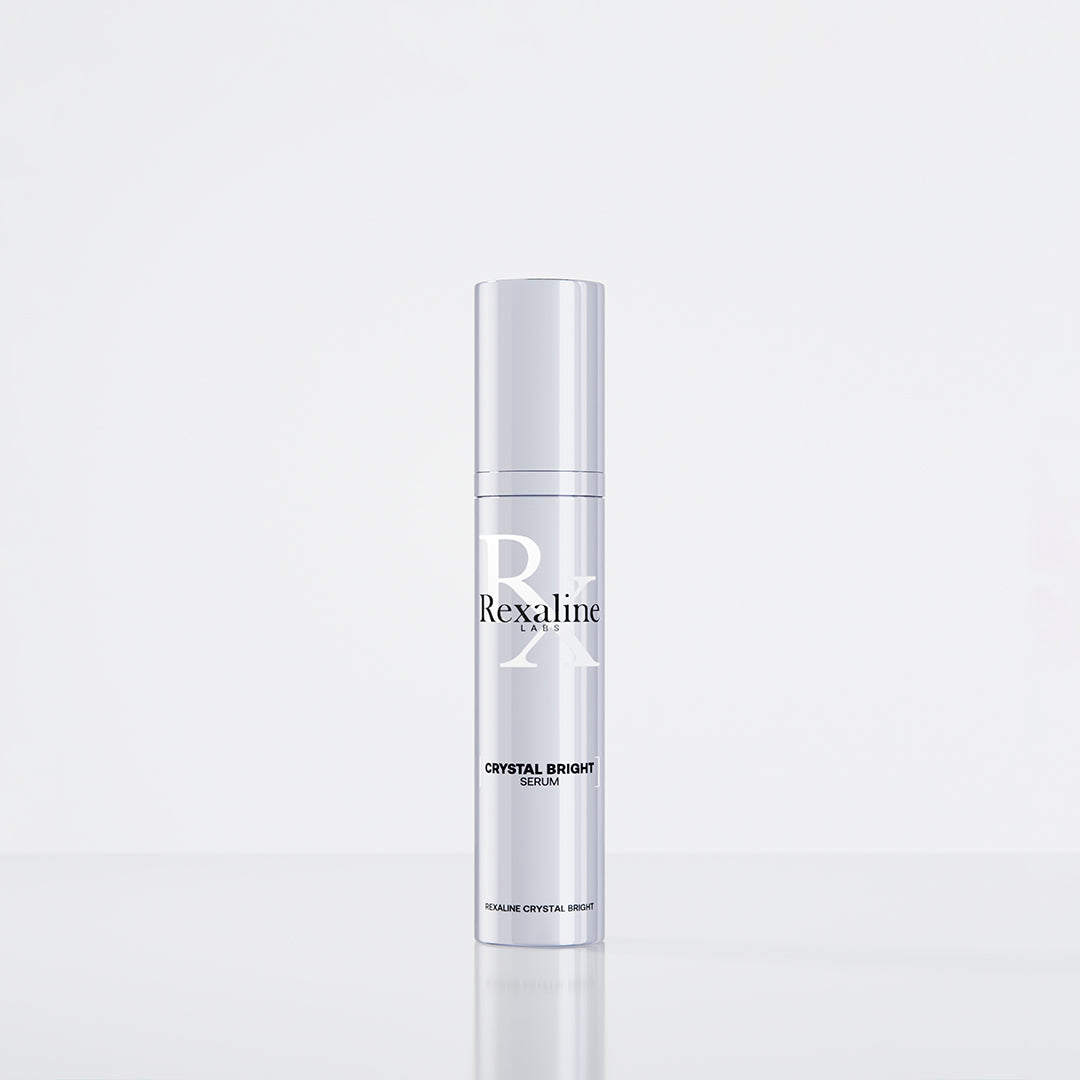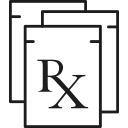LES BEST-SELLERS
Efficacité prouvée. Résultats visibles.
LES BEST SELLERS
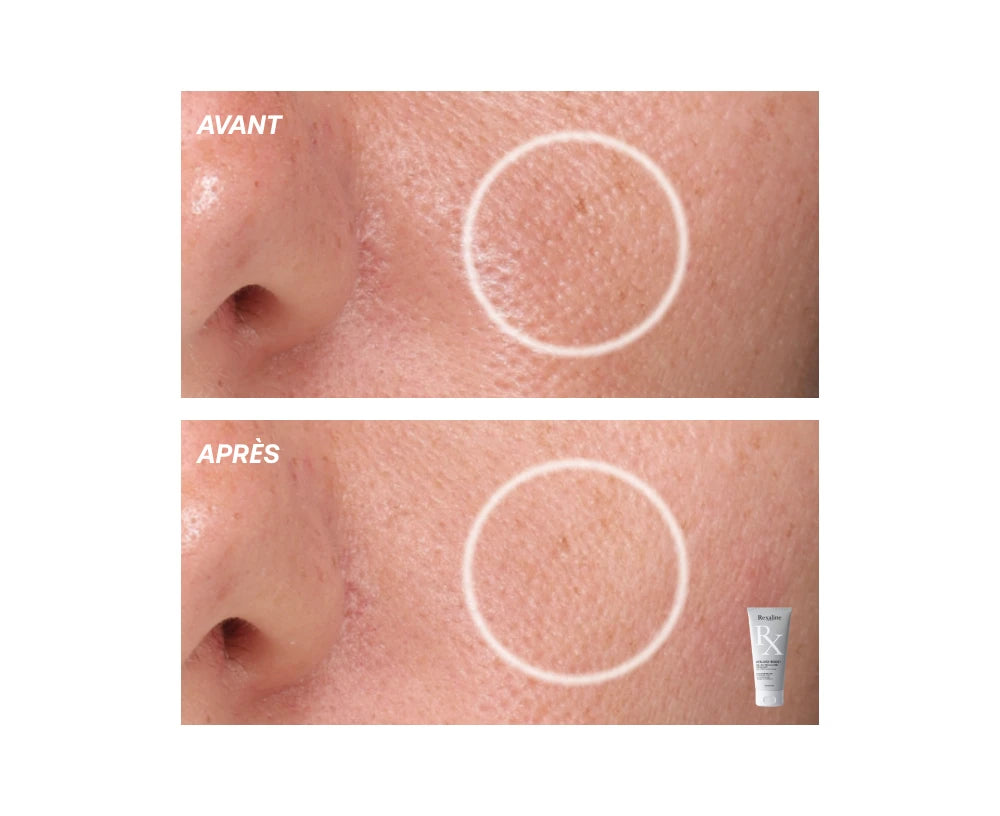
NOUVEAU HYALURX SOLUTIONS
HYALURX GEL-EN-CELLULOSE EXFOLIANT
Sa texture gel se transforme en fibres de cellulose gommantes, douces pour la peau et efficaces contre les impuretés – sans l’assécher ni l’irriter.
DES RÉSULTATS CLINIQUEMENT PROUVÉS
91 %* peau détoxifiée.
-28 %** de points noirs.
*Test d’usage – 32 volontaires après 7 jours – % d'accord
**Scorage clinique – 29 volontaires après 7 jours.
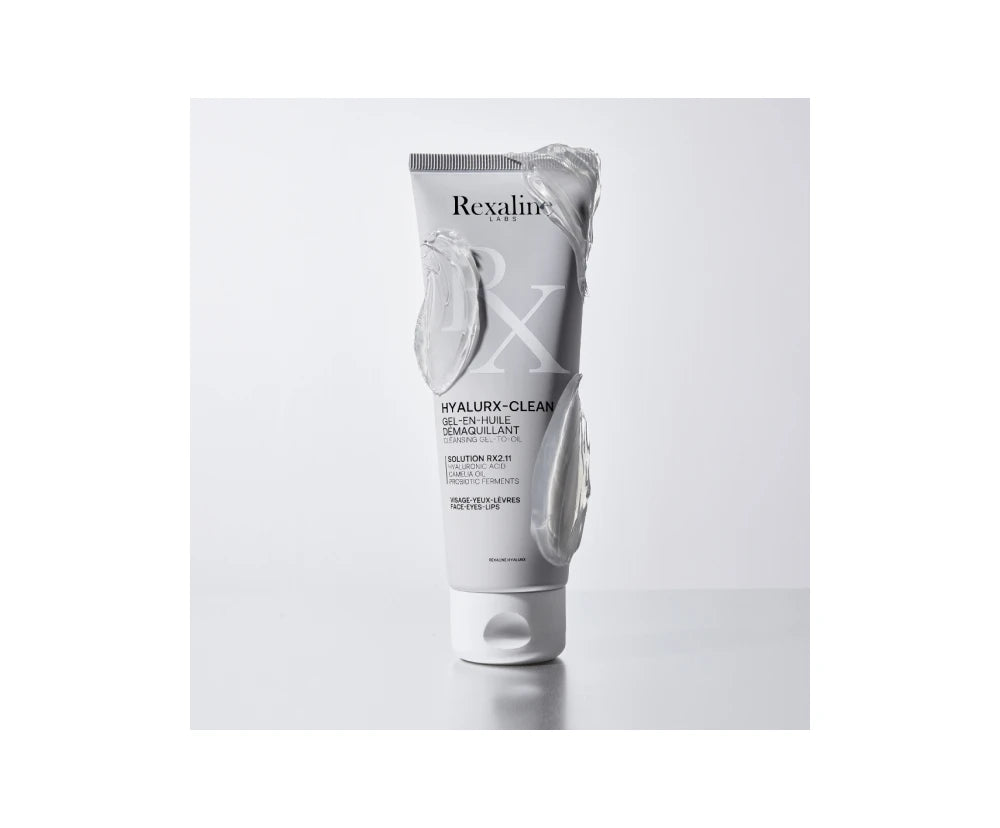
NOUVEAU HYALURX SOLUTIONS
HYALURX GEL-EN-HUILE DÉMAQUILLANT
Une texture révolutionnaire gel-en-huile qui élimine instantanément le maquillage longue tenue tout en nettoyant la peau en profondeur – sans l’assécher ni l’irriter.
DES RÉSULTATS CLINIQUEMENT PROUVÉS
97 %* voient leur peau nettoyée et purifiée.
88 %* constatent une peau nette et confortable.
*Test d’usage – 32 volontaires après 1 utilisation – % d'accord
CRÉEZ VOTRE ROUTINE
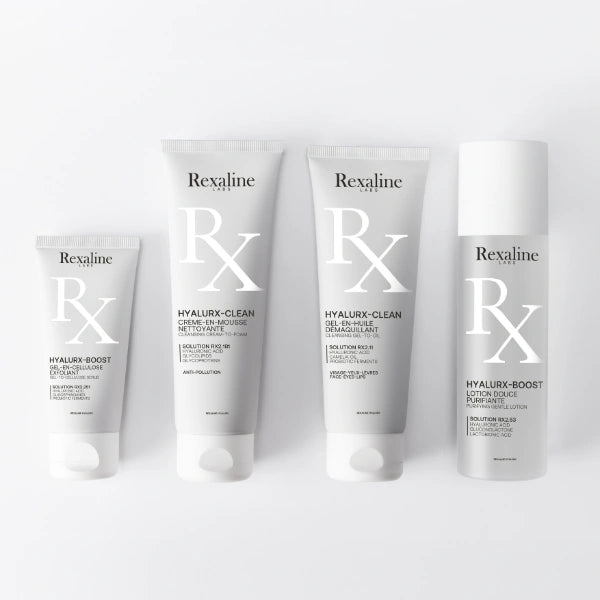
CRÉEZ VOTRE ROUTINE
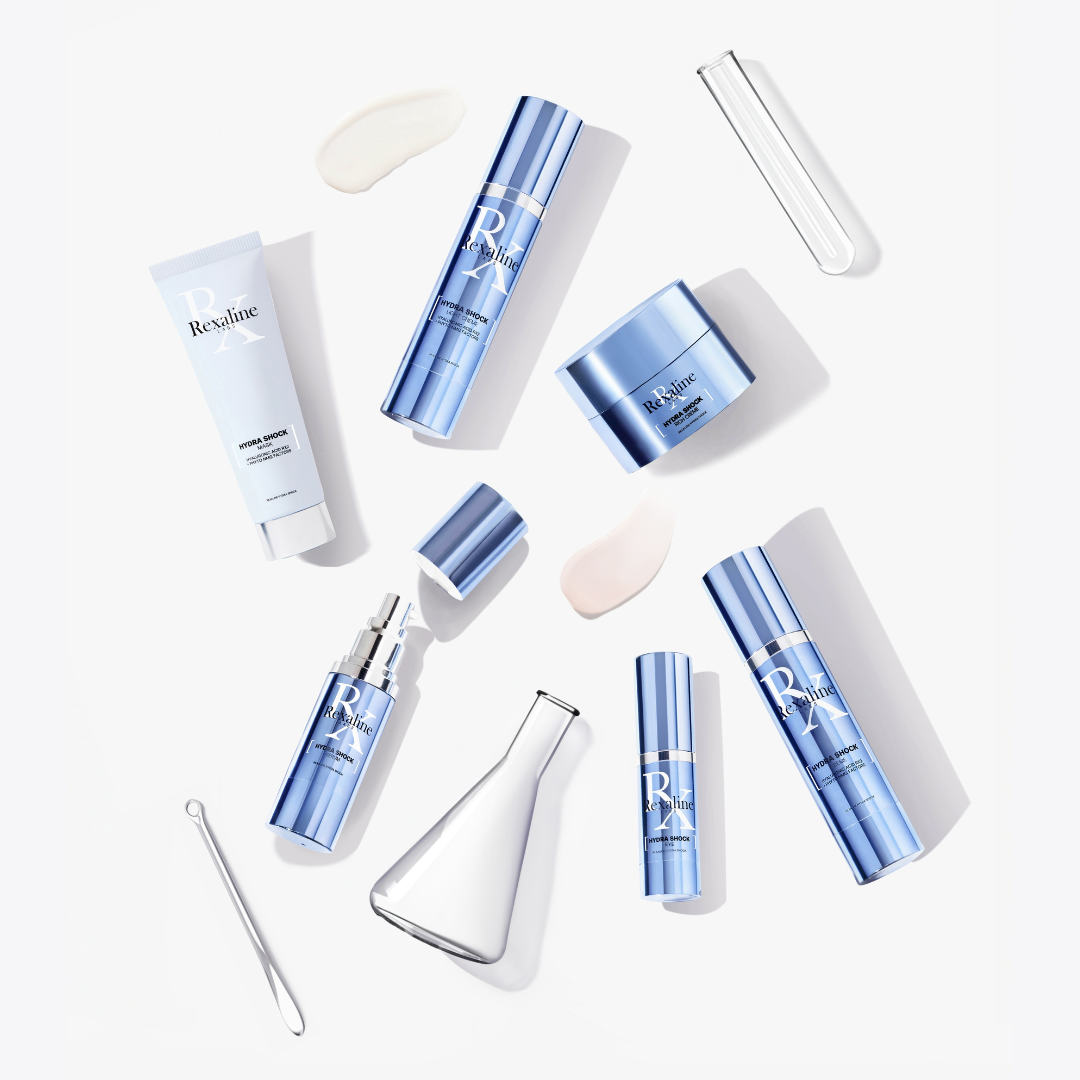
CRÉEZ VOTRE ROUTINE
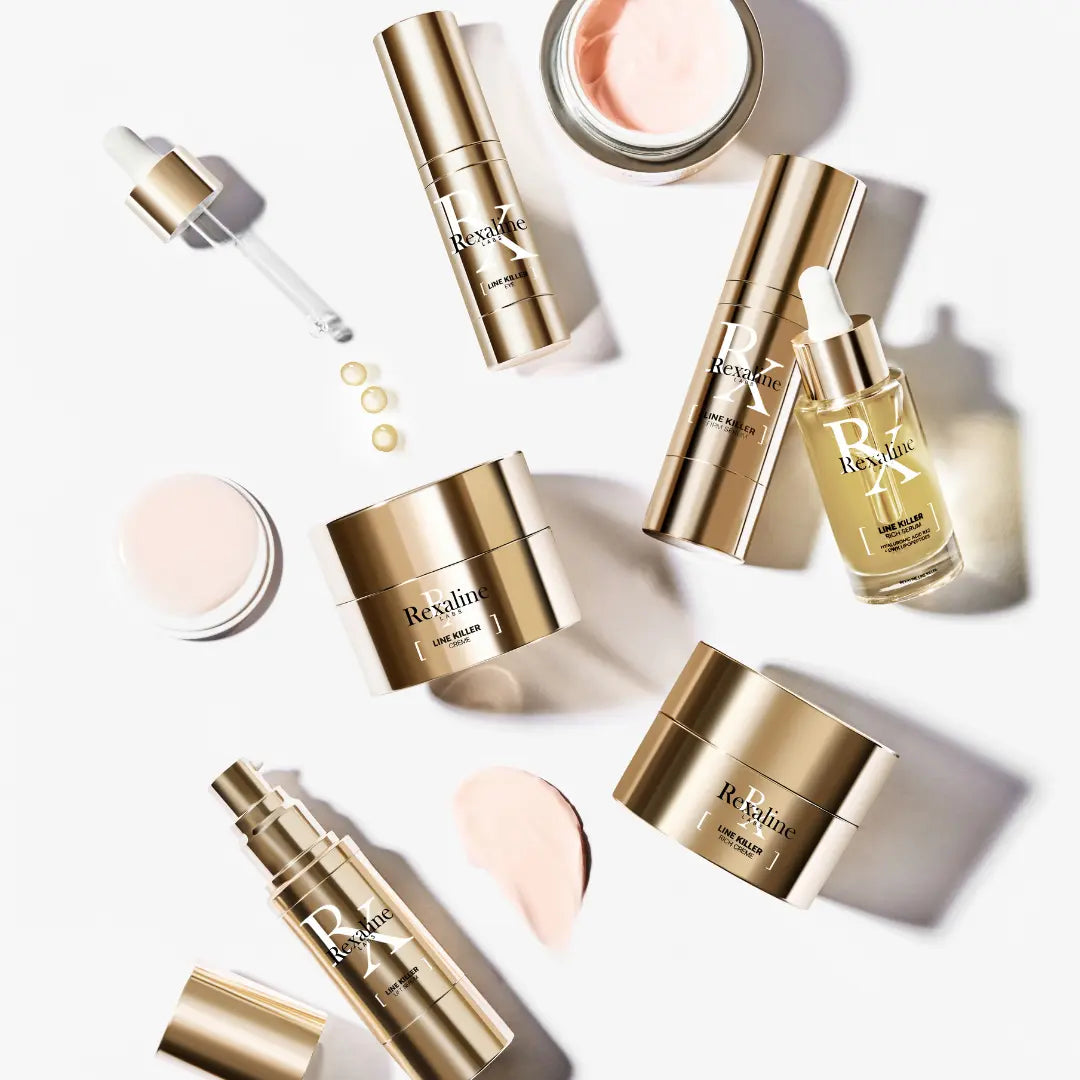
CRÉEZ VOTRE ROUTINE

CRÉEZ VOTRE ROUTINE
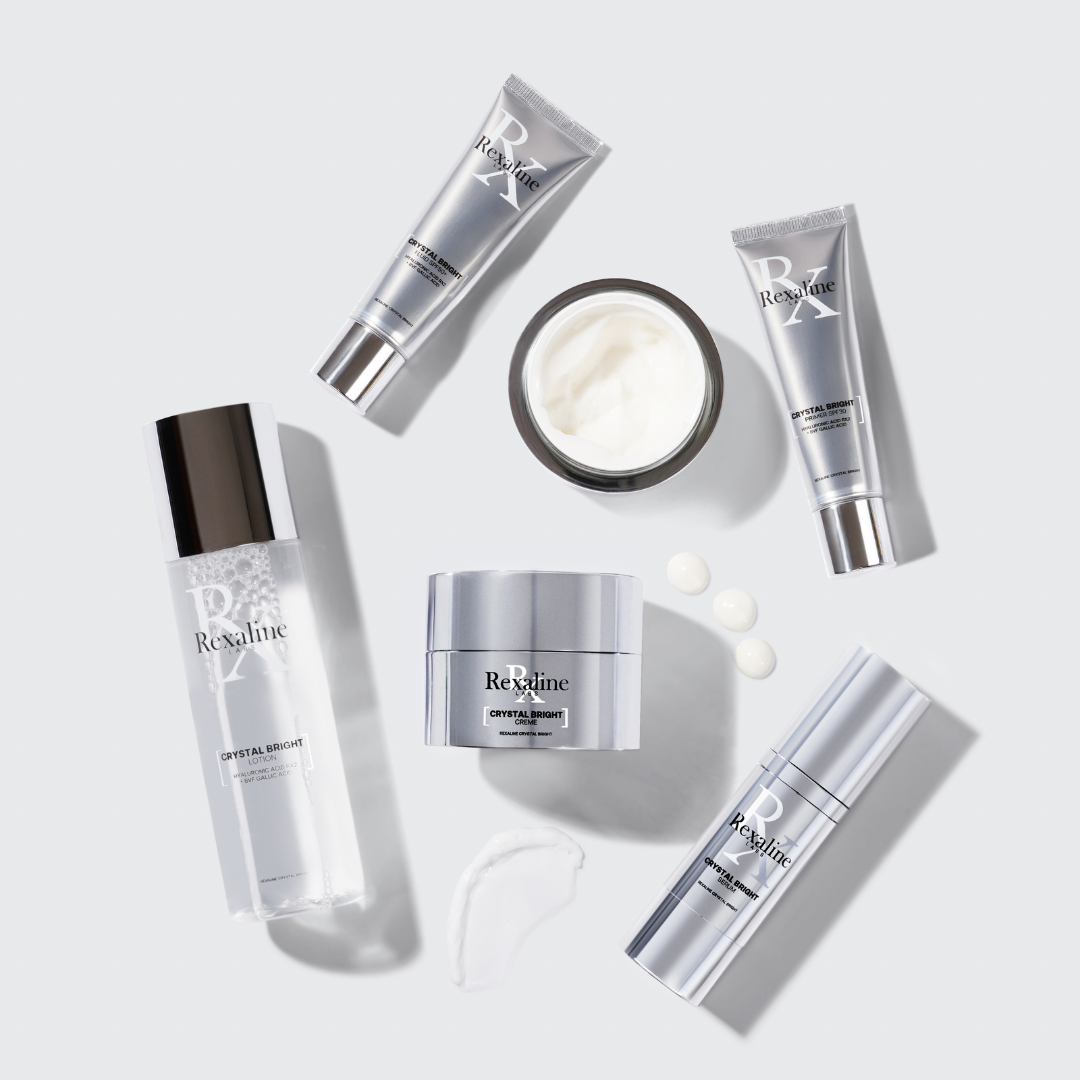
CRÉEZ VOTRE ROUTINE





"Onctueuse, facile à utiliser, la peau est douce, les traits lissés."
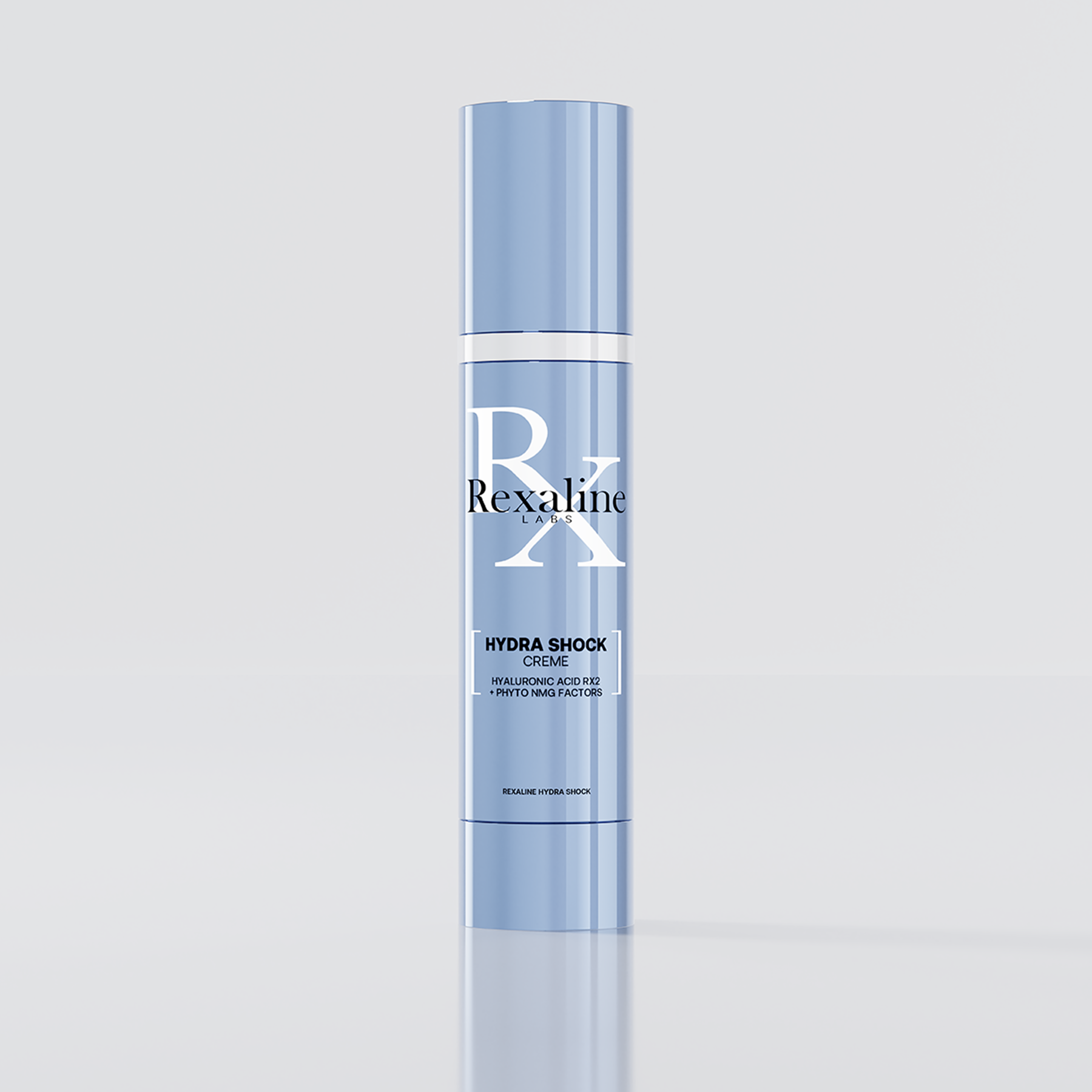
Élodie H.
"Parfait, je suis ravie, application très agréable, résultat immédiat pour une peau lumineuse."
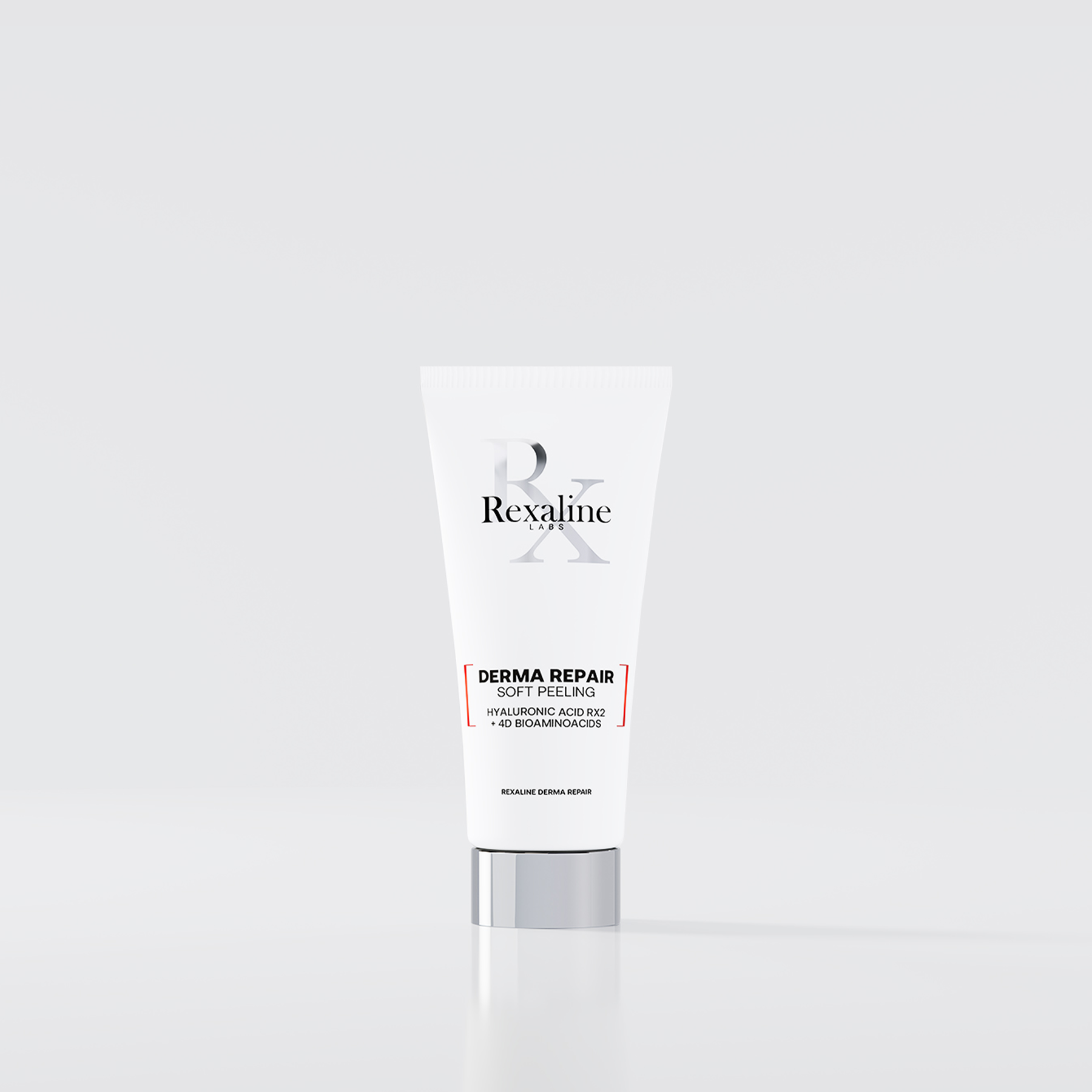
Célia C.
"Produit que j’utilise depuis quelques années et dont je suis très satisfaite, il nourrit bien la peau , je ne changerai pas de marque !"
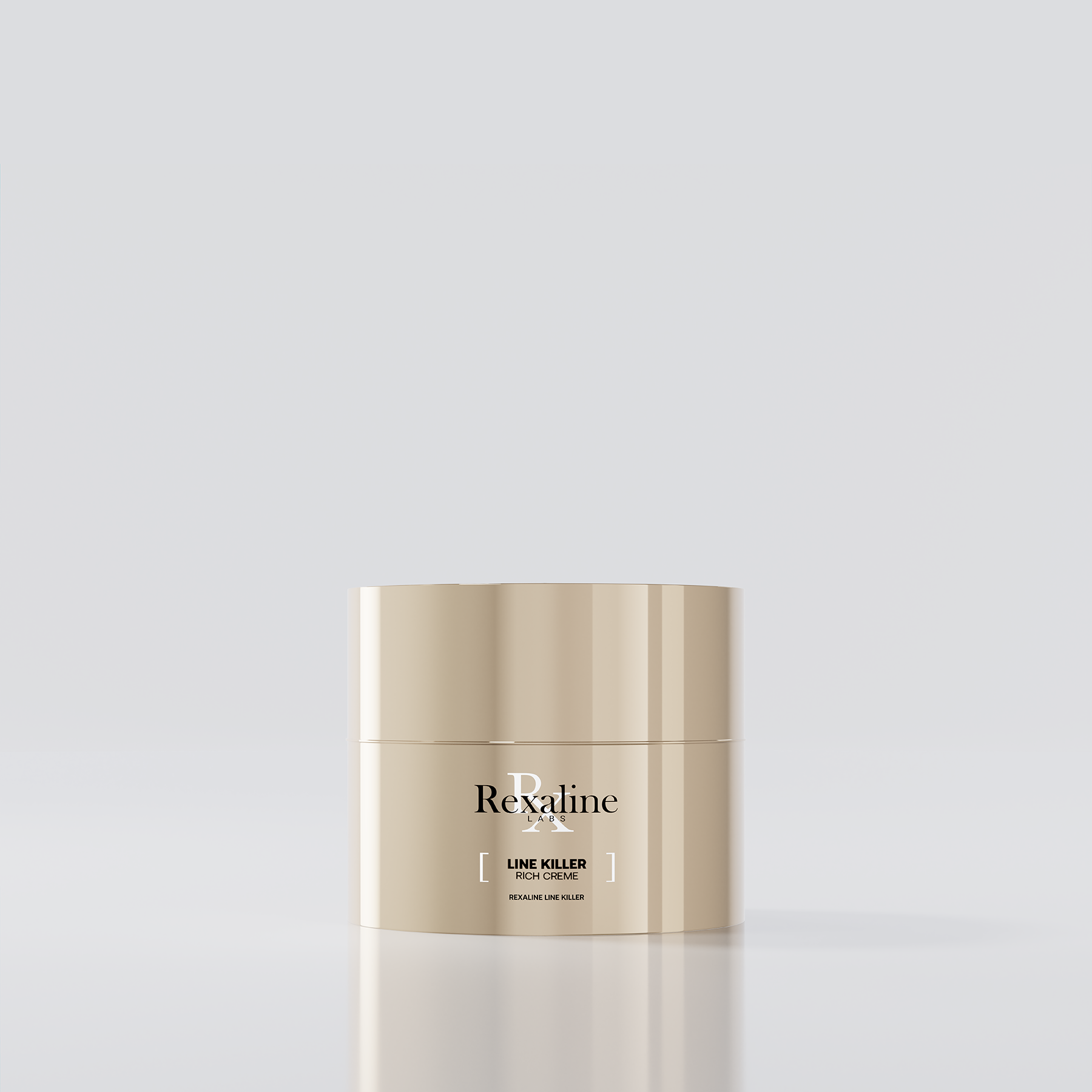
Antonella B.
adoré par la presse
On parle de nous
Chez Rexaline, nous croyons qu’il n’y a rien de plus sexy que la science et la performance !
Nos prix en témoignent. Merci à celles et ceux qui ont cru en nous !
LE BLOG REXALINE
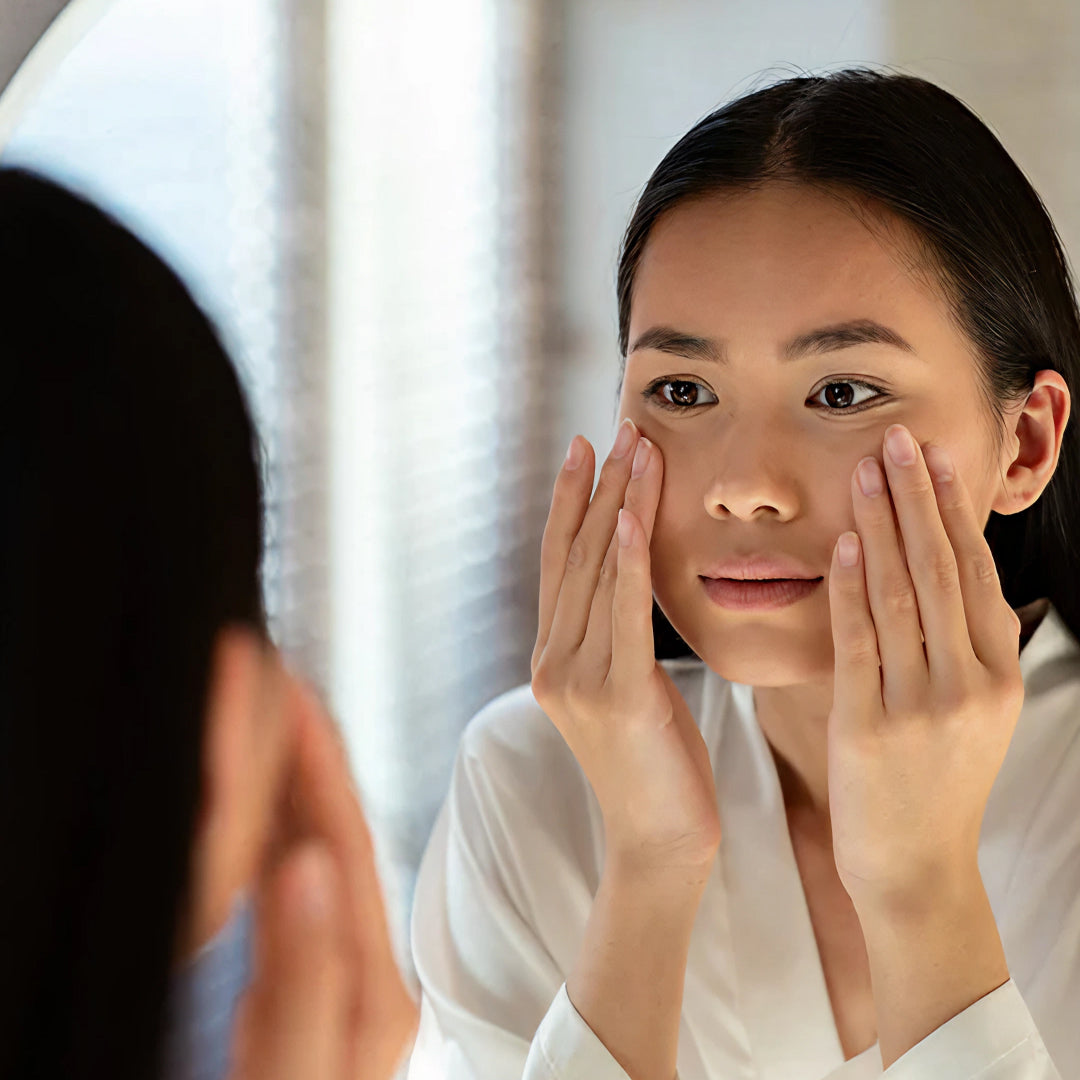
“Cortisol Face” : Comprendre l’Impact du Stress sur votre Peau
Le stress et la peau : Comprendre la « Cortisol Face » Le stress n’affecte pas seulement notre mental : il laisse également sa marque sur notre visage, un phénomène connu sous le nom de « cortis...
En savoir plus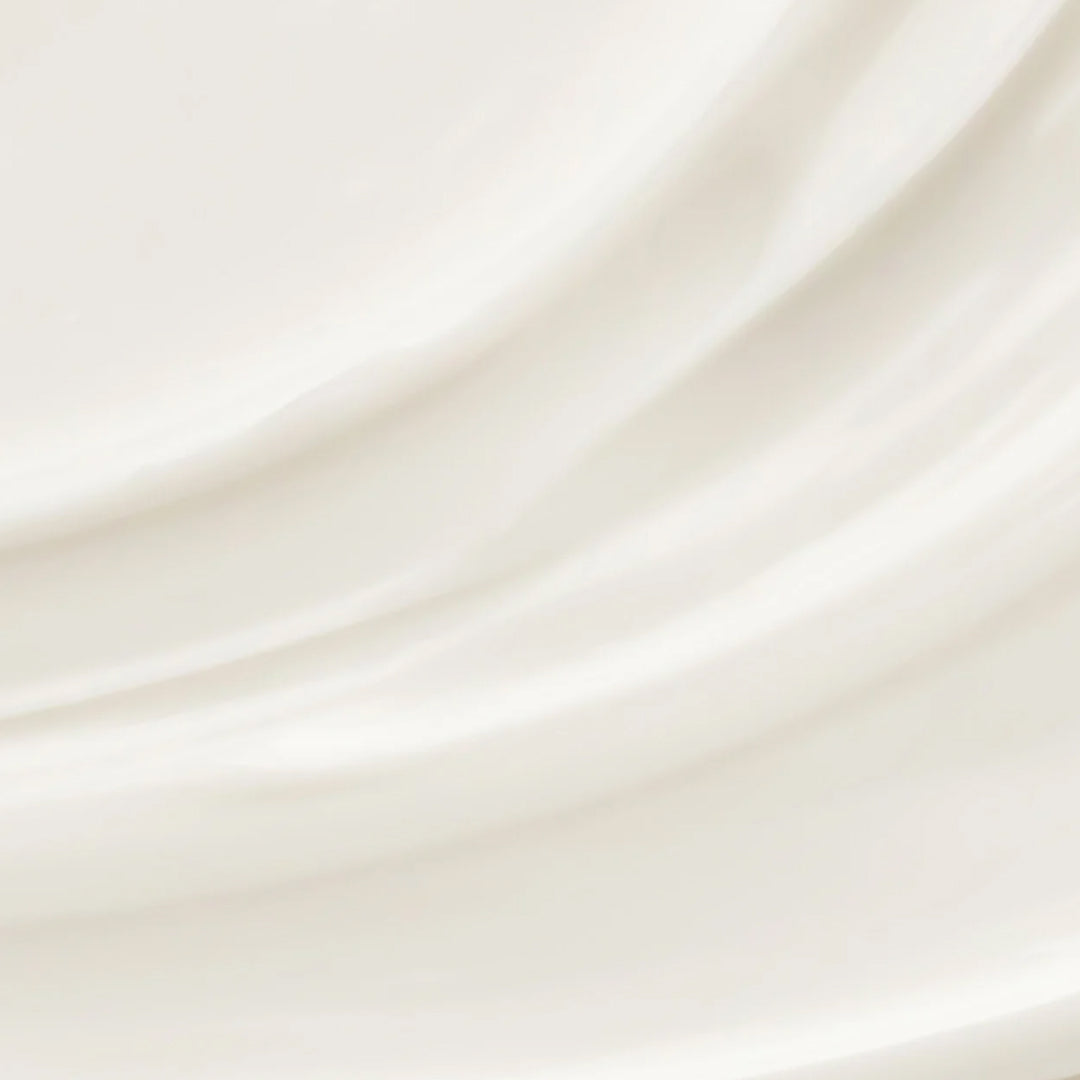
Protégez votre barrière cutanée cet hiver : Sérums et soins essentiels L'hiver approche, et protéger la barrière cutanée de votre peau devient une priorité absolue. Entre le froid, le vent et la s...
En savoir plus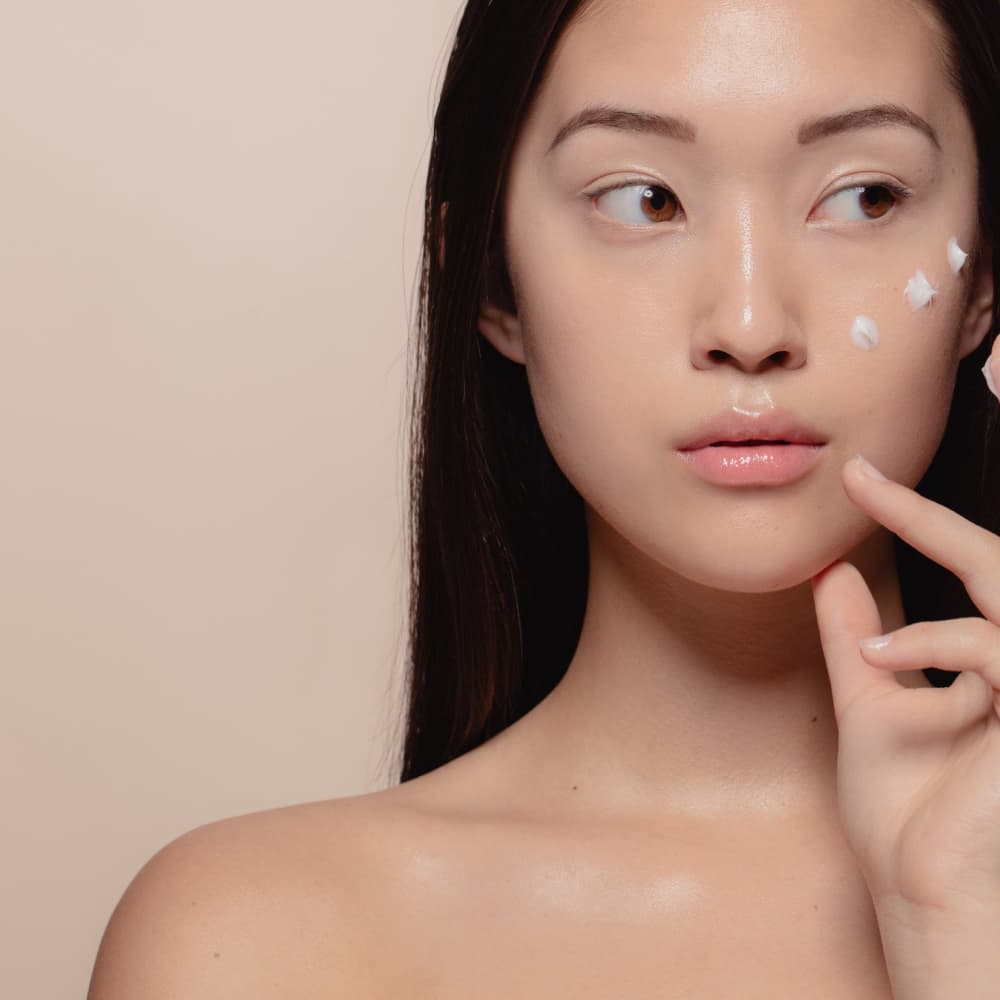
Les causes d'une peau sèche et déshydratée : Comment y remédier ?
Peau sèche ou peau déshydratée : comment restaurer l’hydratation de votre visage ? Avoir une peau sèche ou déshydratée est un problème courant, mais il est souvent difficile de distinguer ces deu...
En savoir plus